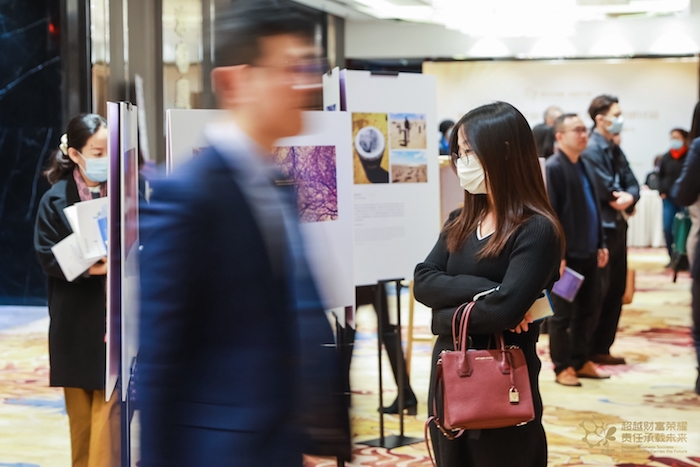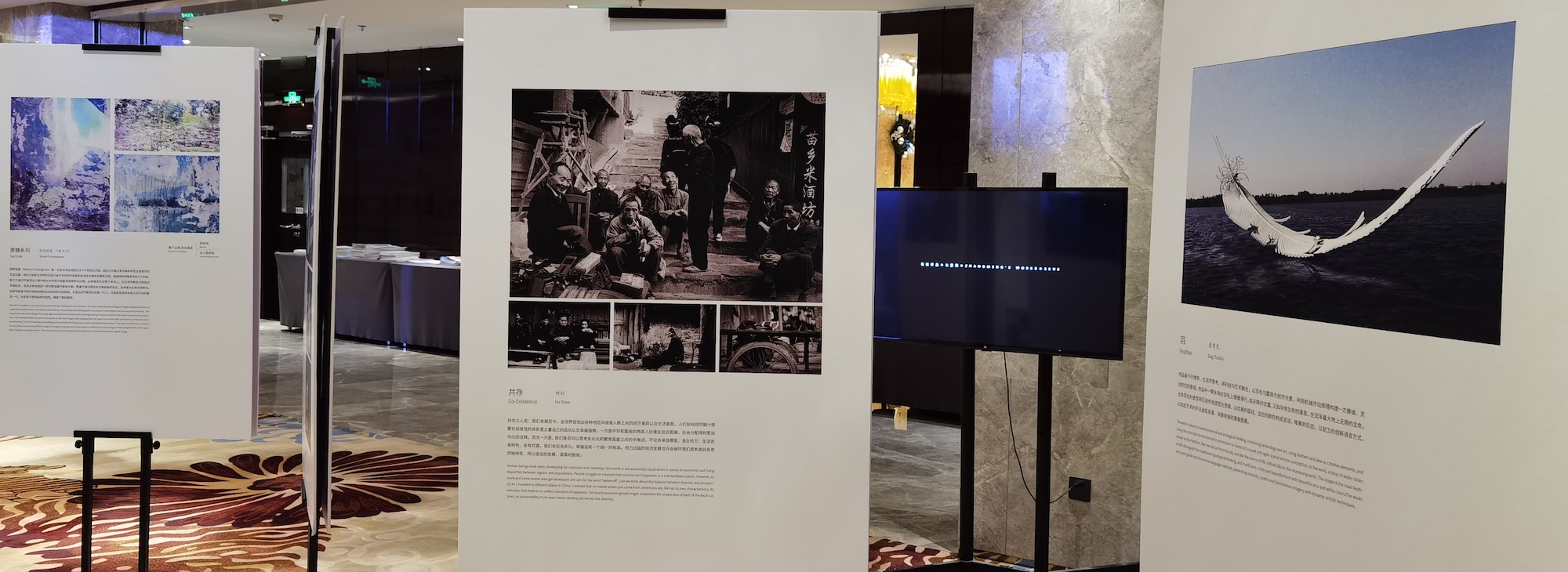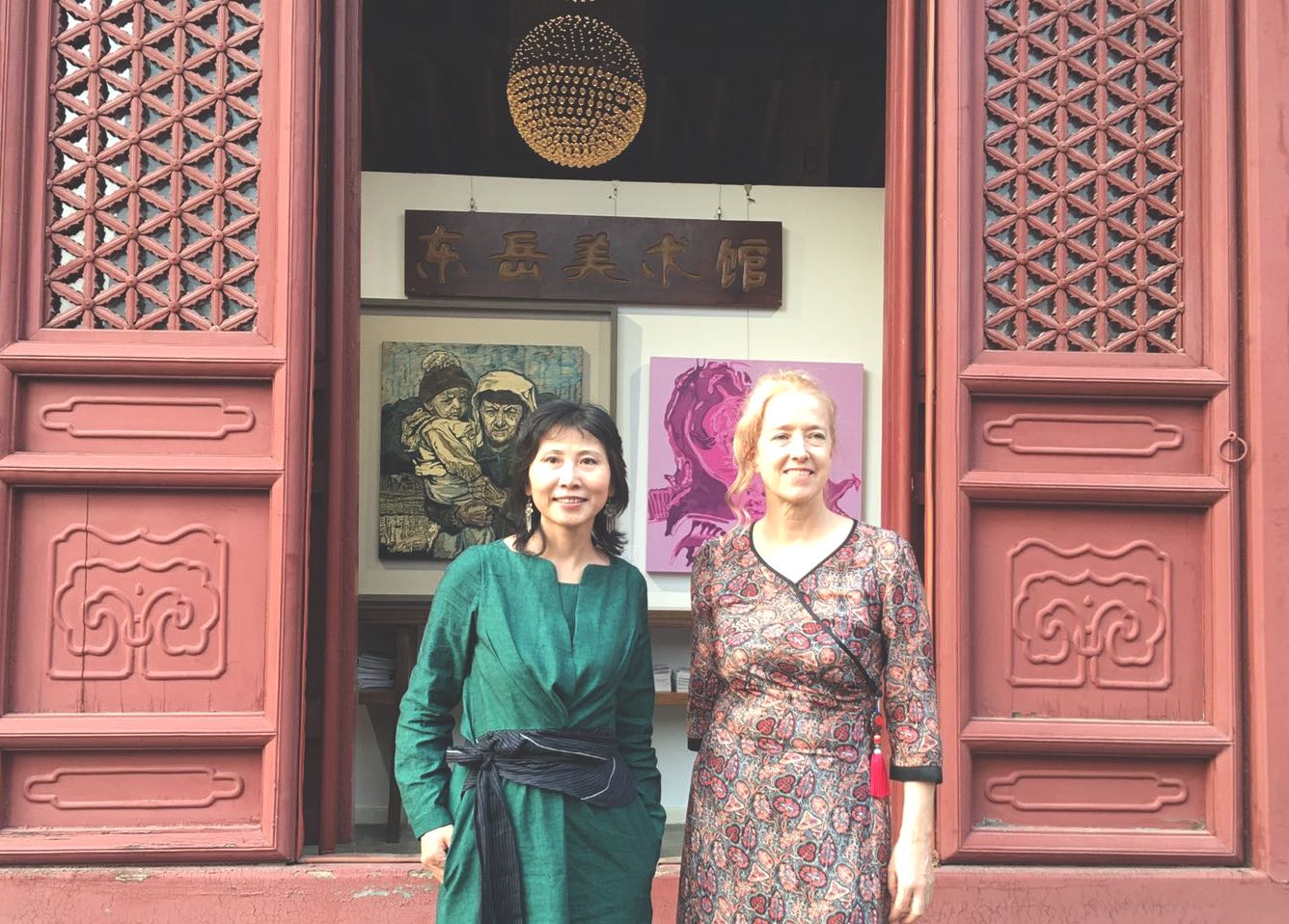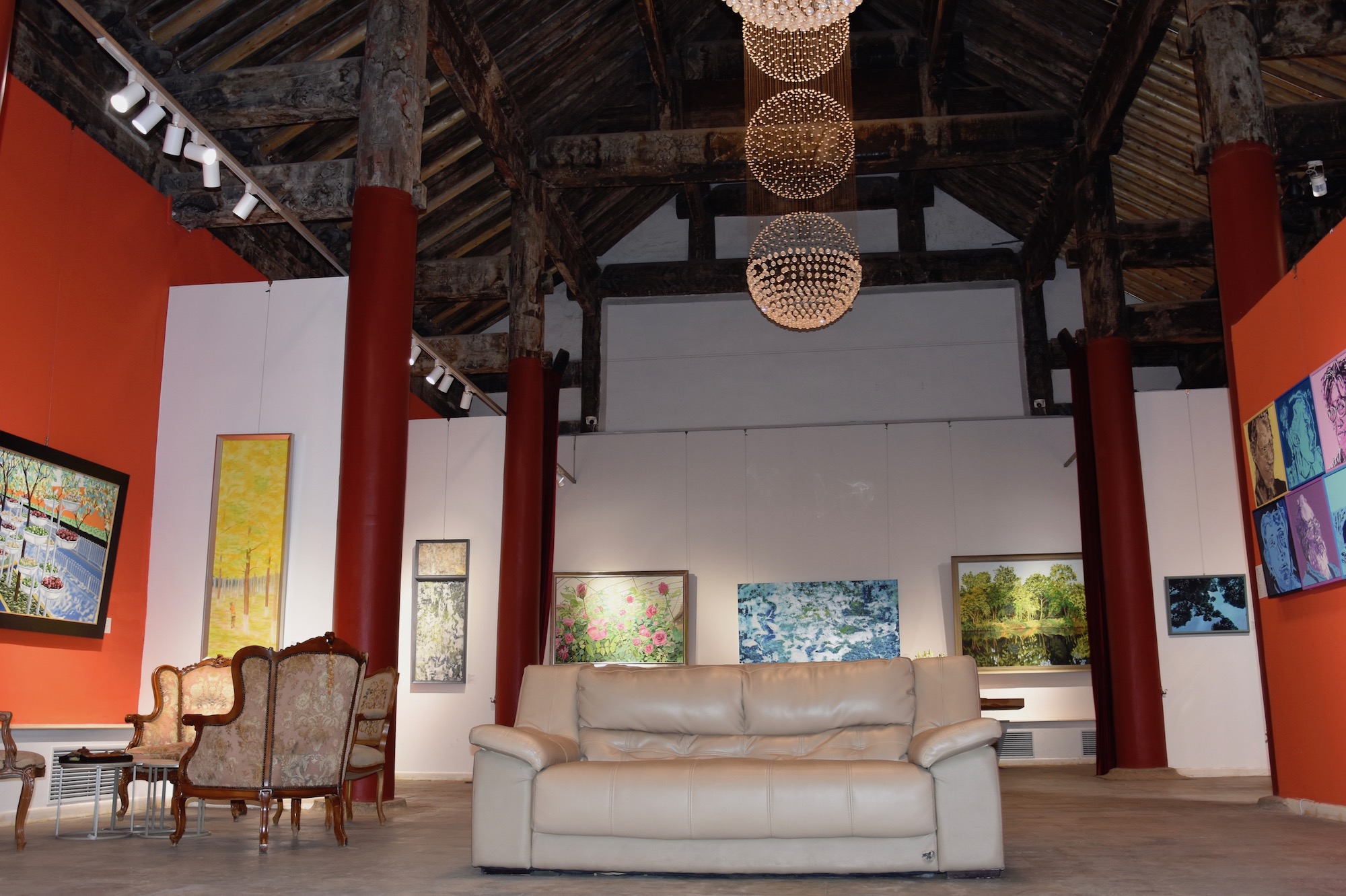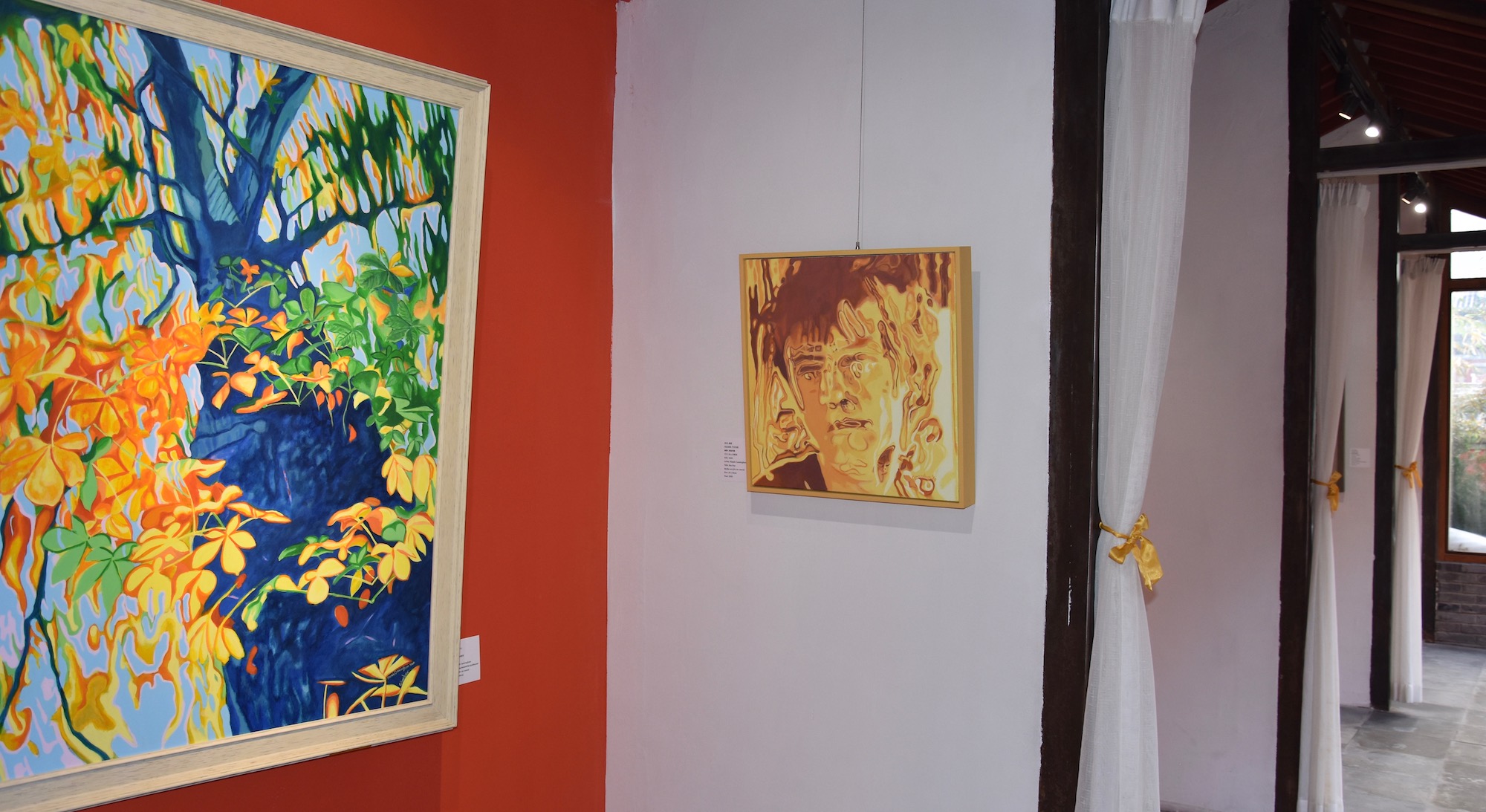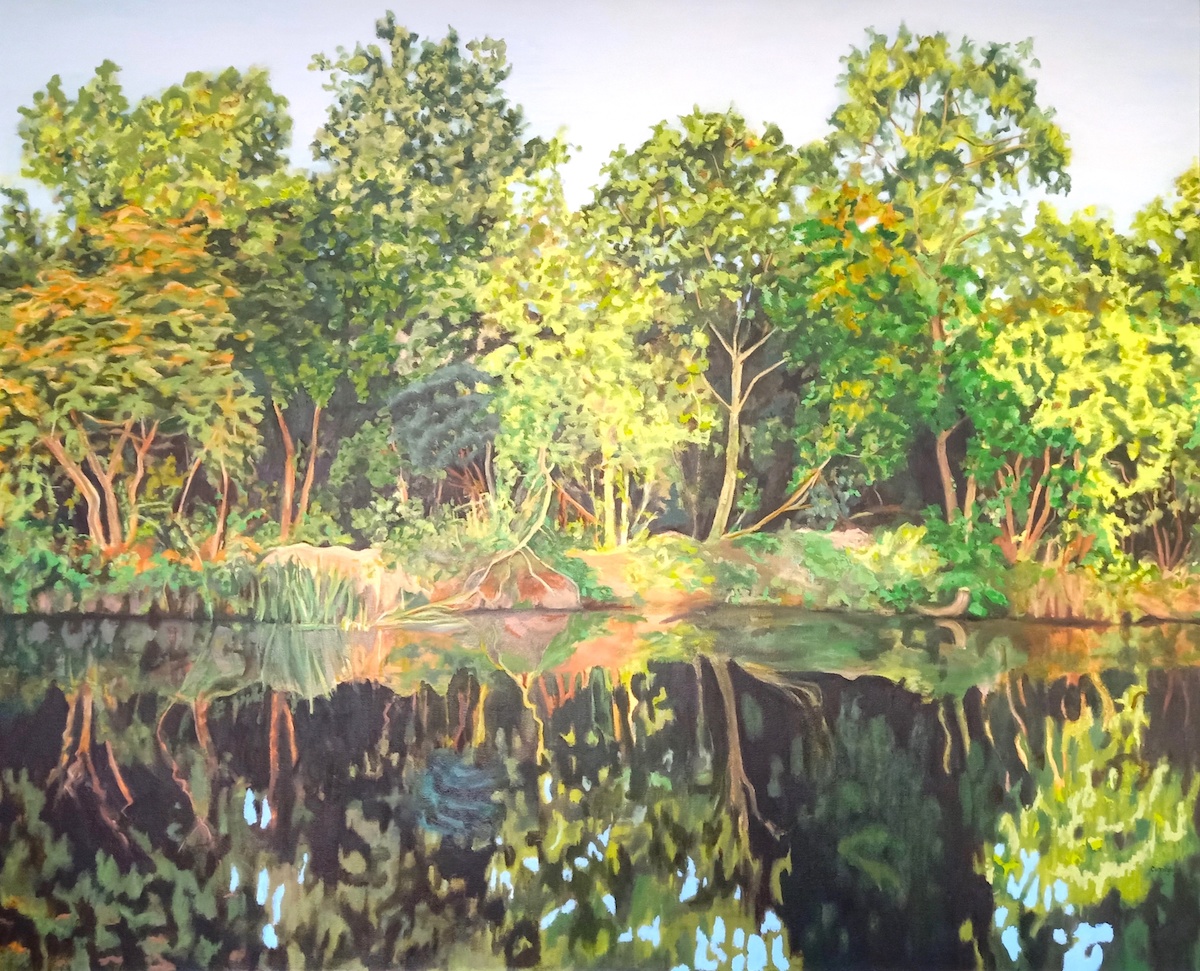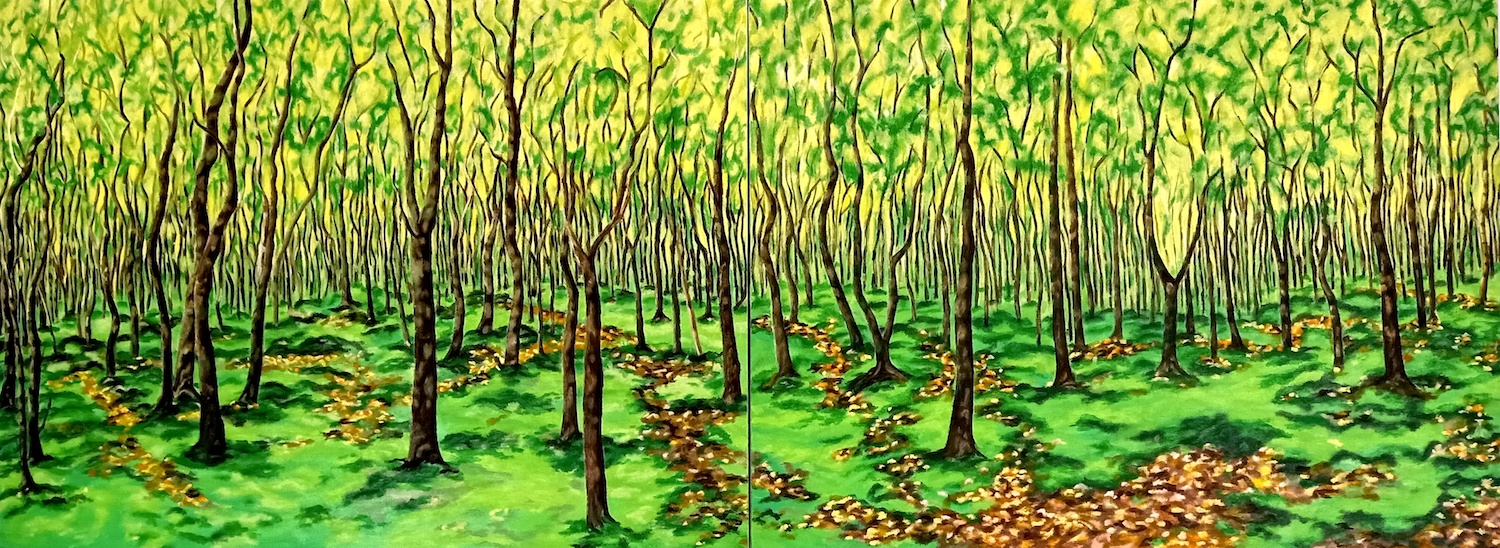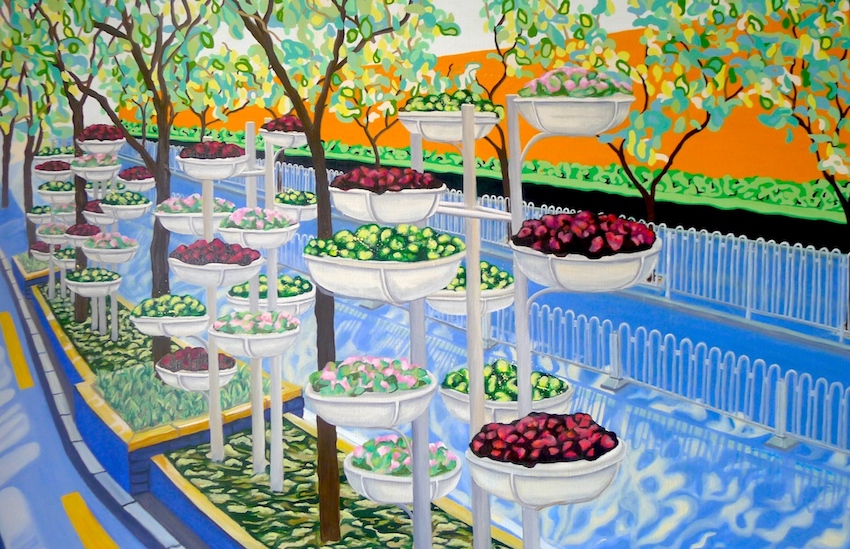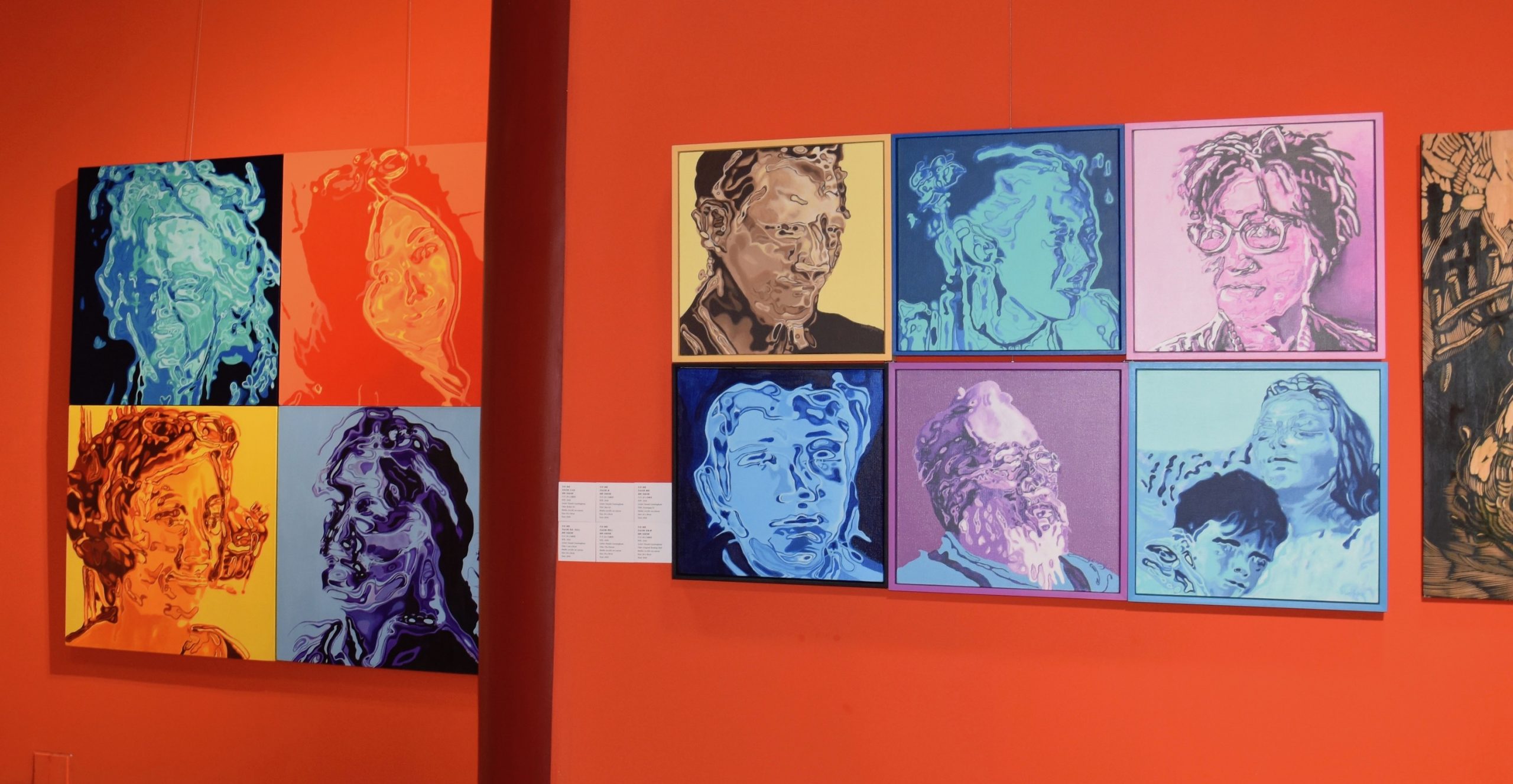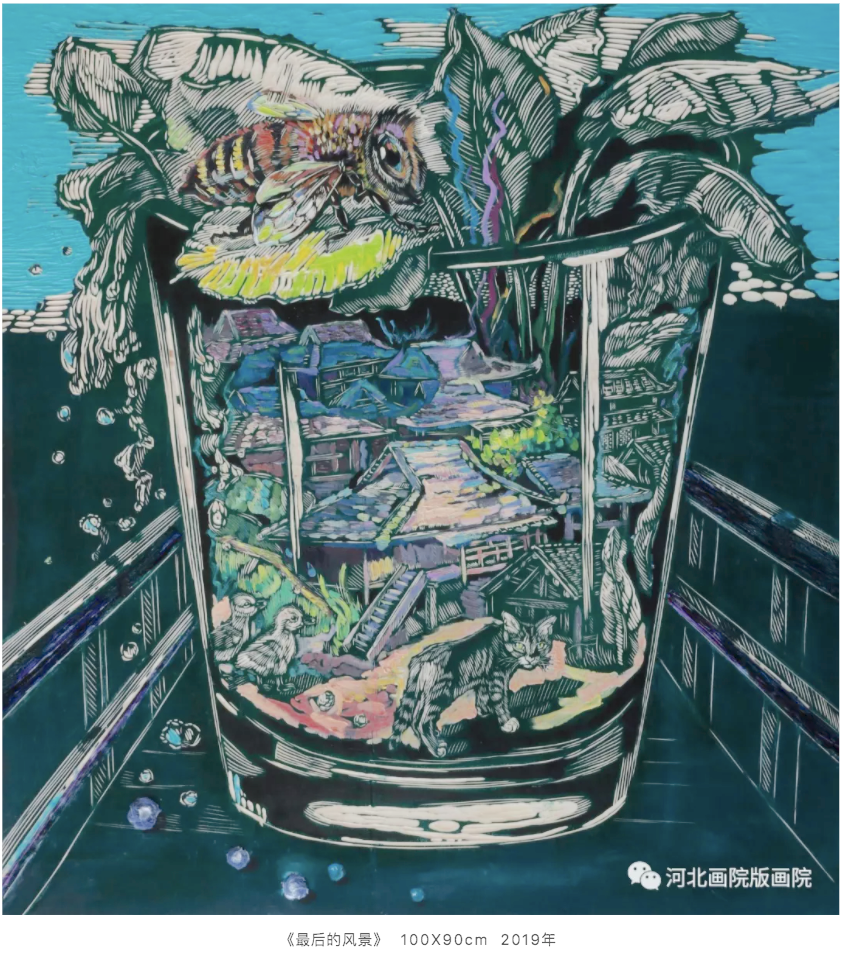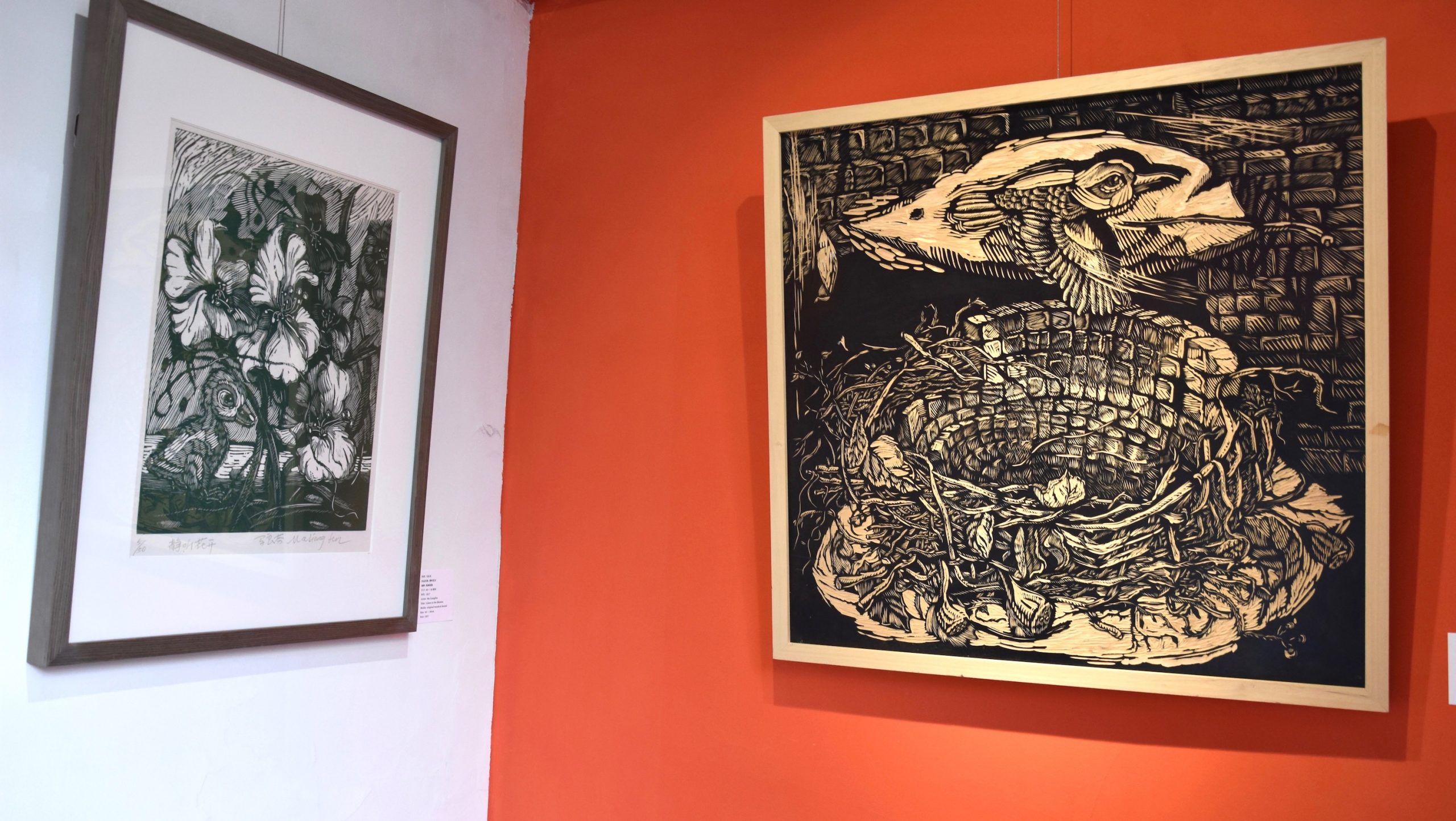Dai Zu artists Han Xuan (Nam) singing and Tie Farong on beats at the giant Buttress tree.
The role of art and culture have important roles in advancing human partnerships with nature. An ecocentric orientation in our cultures could provide landscapes for new stories of sustainability.
I was very excited to be invited to be part of this residency at a time when both art practitioners and art academia are more committed to supporting and building better stewardship for preserving the environment .
 This residency had an earlier rendition during the Dai Zu “water throwing festival” in April. During that time Covid restrictions were more relaxed and the artists had a number of academic evenings with scientists learning about their work at the tropical botanical research centre based inside the park. Unluckily for me, the Oct/Nov residency (running at the same time as the Dai Zu “Opening door festival”) was no longer possible to enjoy such presentations at the research centre due to the recent restrictions for Covid control.
This residency had an earlier rendition during the Dai Zu “water throwing festival” in April. During that time Covid restrictions were more relaxed and the artists had a number of academic evenings with scientists learning about their work at the tropical botanical research centre based inside the park. Unluckily for me, the Oct/Nov residency (running at the same time as the Dai Zu “Opening door festival”) was no longer possible to enjoy such presentations at the research centre due to the recent restrictions for Covid control.
 I did however have a couple of really nice chats with prof Harald Schneider who sat on my corner of the studio for 20 mins one day. He observed that the particular Bauhinia flowers outside from where I painted were pollenated by bats rather than insects.I took great pleasure in this new knowledge, I felt enriched by it and it made me aware of how little I know of plant and animal life .
I did however have a couple of really nice chats with prof Harald Schneider who sat on my corner of the studio for 20 mins one day. He observed that the particular Bauhinia flowers outside from where I painted were pollenated by bats rather than insects.I took great pleasure in this new knowledge, I felt enriched by it and it made me aware of how little I know of plant and animal life .
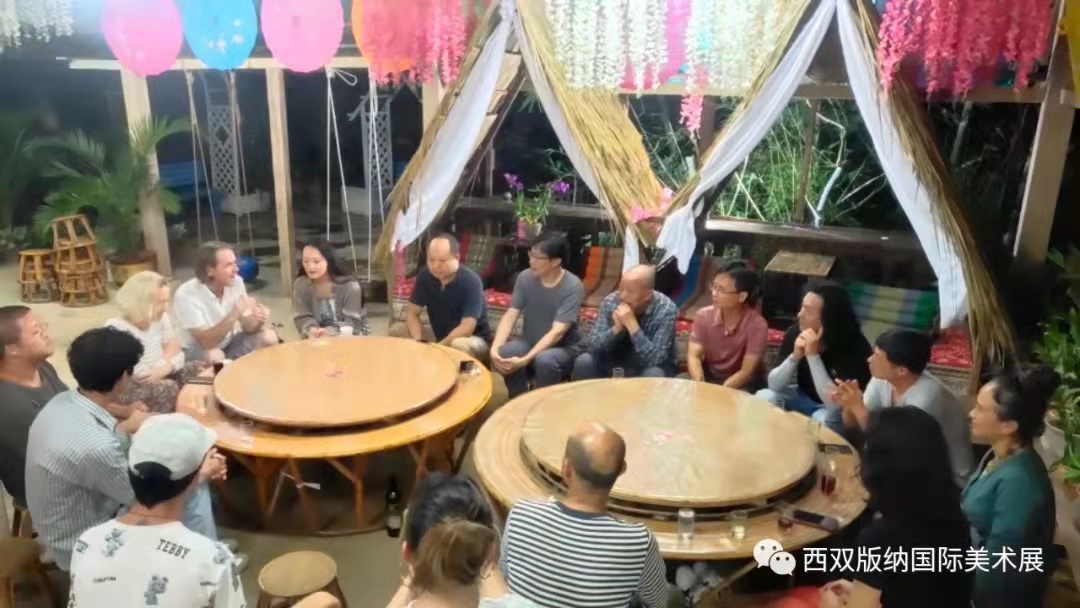 Over fifteen Chinese and foreign artists participated in the project with a supportive painting postgraduate team and also a documentary film team from Yunnan University, Kunming. Here we can take a quick look at only some of the artists and their work and where possible I will interweave a little environmental philosophy, history and systems thinking.
Over fifteen Chinese and foreign artists participated in the project with a supportive painting postgraduate team and also a documentary film team from Yunnan University, Kunming. Here we can take a quick look at only some of the artists and their work and where possible I will interweave a little environmental philosophy, history and systems thinking.
Participants :
Duan Jianwei 段建伟, Chen Nan陈楠, Han Xuan罕璇, Mica米卡, Che Bai 车白, Bowa Gonggao博瓦·公高, Wu Hong武宏, Gaoxiang高翔, Zhangxin张鑫, Zhu Jinghua朱景华, Zhou Rui周睿, Dao Jun刀军 , Huang Yan黄燕, Yan Wen岩纹, Wang Wei王伟, Niamh Cunningham 倪福。瑞莲, Zhao Weijia 赵伟家, Zhao Zijie, 赵紫婕, Wang Cenjun, 王岑君 , Shang Heng, 尚恒 , Chen Tiantian, 陈甜甜 , Wang Chu, 王楚, Zhu Xiangqi, 朱祥琦, Guo Ziyuan, 郭子媛, Tie Farong, 铁发荣, Huang Shunfu 黄顺富
18:8 M:F (26)
DocumentaryTeam: Wang Yue, 王跃 , Li Sihan, 黎思涵, Luo Wenxin 罗文鑫
Duan Jianwei’s work focused on stylised studies of Dai Zu community in Xishuangbanna . I really enjoyed the honesty of our chats in the evening at dinner, such as the uncertainties and discomforts of beginning a work. It was easy to understand the high respect he had earned from all around. Later I realized there was burnt orange wall of the Daizu village“ opening door festival” we visited earlier and wonder if this was what caught his eye. I will ask him as I hope to visit his studio here in Beijing some day!
 Photo taken on a visit to Daizu village celebrating the “Opening Door festival”.
Photo taken on a visit to Daizu village celebrating the “Opening Door festival”.
with graduate student Zhao Zijie, 赵紫婕 and Menglun resident Xiao Yu 小玉
During the first week Chen Nan explored symbiotic relationships with organic plant and insect life. And so I was surprised on the second week to see him working on primitive icons of ethnocentric icons. The ‘bird man’ painting above is my favourite !
Xishuangbanna artist Hanxuan (also known as Nam) was one of my favourite artists at the residency. She had the gift of being able to share her good will with ease and grace . She has impressive Dai Zu tatoos on her upper arms extending over her shoulders reaching the upper neck. HanXuan also has an amazing singing voice (see video at the start of this blog) . Her paintings explored her native culture and stories she heard as a child.
German digital artist Mica presented his Tree of Life to the upper floor of the guest house restaurant. Tree of Life is a special digital work on canvas where he invited all the artists to add and contribute drawings. His newly created work is of carefully trimmed exotic flora that merges into a ferocious dragon. Mark Elvin (The retreat of the Elephants ) referred to flower viewing as an instinctive remembrance to the lost world of human interaction with an untransformed nature. I believe here the notion of ‘Untransformed Nature is turned on its head ! Mica was incredibly helpful when I had computer problems and gave me a crash course in storage of digital data.
Local artist Che Bai 车白 is of Jinuo nationality. When we were on the road travelling, Jinuo mountain was pointed out to me “That is where Che Bai’s people live”. The Jinuo are specifically located in Xishuangbanna. He has been called the Picasso of Jinuo ethnic minority 基诺族. During the two weeks he painted several different ethnic groups in exaggerated styles with figures in motion.
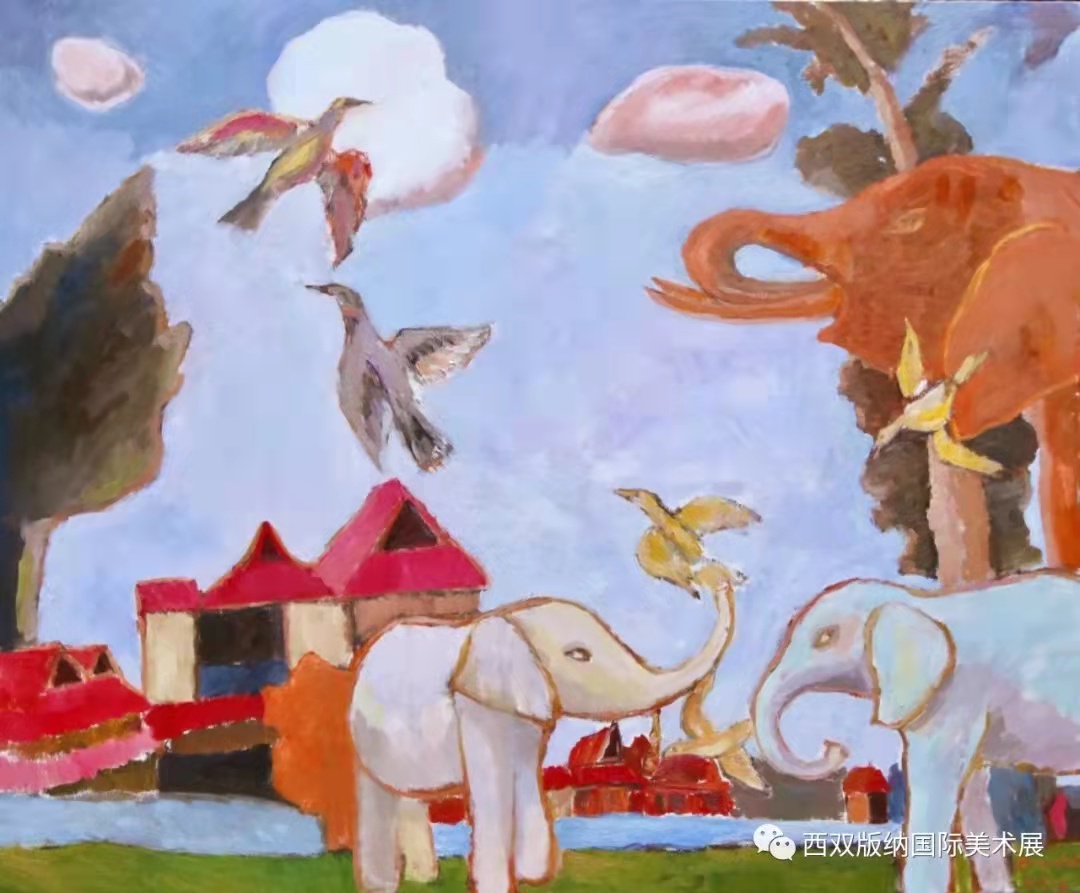 Artwork by Bowa Gonggao, 博瓦·公高
Artwork by Bowa Gonggao, 博瓦·公高
The Losuo river flowed a couple hundred metres from our Octagon guest house and Bowa Gonggao’s panorama of the tropical forest park reflected in its red clay waters with four local figures guarding the river banks. A second work by Bowa was a dance of wildlife with Dai zu roof architecture in the background . GongGao brought cheer where ever he went and is another new friend I hope to see again .
My current reading “The Retreat of the Elephants- an environmental history of China“ by Mark Elvin Yale University Press refers to an official of the Ministry of Works in nearby Guangxi province Xie Zhaozhe’s publication “ Fivefold Miscellany”(published in 1608) The people of Yunnan rear elephants the way those in the heartland of China rear cattle and horses. They ride them on journeys. They load them up with grain…”
However by late imperial times the only elephants survived in the southwest (ie here in Yunnan ) and for palace ceremonies in the capital .
Wu Hong explores natural earth pigments in his work. His filtering and sieving processes suggested pharmaceutical precision of locally sourced clay. He painted meditative patterns of the Bodhi leaf motif, his intentions also include making floor installations with his pigments.
Gaoxiang is known for his large scale, contrasted impasto brushstrokes. On a previous residency I really enjoyed watching him think and pace around his canvasses before he rushed to stab them with the brush. On this occasion we were opposites sides of the wall and could not observe his process this time. His vibrant wildlife cycles of life and death such as the deer caught in the leopards mouth is a figure reworked on large canvasses. A paper in Biological Conservation (Rostro- Garcia et al 2016) listed the Indochinese leopard having only 7 viable populations , extinct in Singapore , likely to be extirpated in Laos and Vietnam, and almost extinct in Cambodia and China , with small distributions in Malaysia, Myanmar and Thailand. (Study published over 5 years ago.)
 The Octagon House ( where we slept ) & Restaurant and other buildings where we made studios
The Octagon House ( where we slept ) & Restaurant and other buildings where we made studios
Kunming artist Zhang Xin workspace was under the roof of the Octagon house. He layered sheets of pigment both acrylic and oil. This layered materiality made me think of the layers of time, the eons , our notions of history are often so limited to our own era. Zhang Xin’s work helps us put into perspective a wider history of our planet and its materials.
A mechanistic world view :
Eco philosopher Carolyn Merchant in her book The Death of Nature (1980) examined the mechanistic world view of modern science which she claims sanctioned and gave license for the exploitation of nature. For me there is some difficulty in accepting this view, my early adult academic training is in science, I have respect for the sciences and now I discover that I identify with them which is why I am a little “put out”. The more I learn about ecophilosophy, I see contradictions are inherent in complex systems of knowledge, meaning and behavior. But surely it was more economics that gave that licence.
ZhuJinghua interweaves machinery into the wood of the Black heart tree . When his wood arrived we all gathered in his studio /shed after dinner that night to marvel at the dark centre of the wood, feel and smell the sap. Zhu said the wood is strong and can quickly resprout and grow. Local residents grow it in front of their house as fuel for their homes to avoid deforestation.
I hope to visit Zhu Jinghua in his studio in CAFA Beijing soon and he might even have a tree story for the ‘Memory Palace of Trees’.
Xishuangbanna artist Zhou Rui explores the roots of his native land, both in painting celebratory ethnic dance , Dai Zu architecture and peace of place. Zhou Rui is also organizer extraordinaire, he is the other half of the curatorial team with Gao Xiang . Throughout the two weeks if he wasn’t at his easel he was moving about trouble shooting and fire fighting ensuring a safe passage for the project.
Local artist Dao Jun was always up very early and cheerful . We shared opposites sides of the studio shed . He kindly provided me with insect repellant rings to burn in the late afternoons and evenings. He focused on the Daizu culture in his work . Weaving is a fascinating subject for me and I loved this dramatic composition .
Xishuangbanna artist Huang Yan was the only artist to work on paper, using ink and brush to investigate patterns of nature .
Yunnan artist WangWei made small scale but powerful studies of tropical plant and animal life .
Entering the forest for one last walk was a highlight of Xishuangbanna for me. I walked in silence and paused when it started to rain, to listen to the drumskin thuds of different leaves and tried to distinguish different sounds coming from which exotic tree. The paintings were studies of the tree canopy and the huge butteress featured in the video at the beginning of this blog. They are giants of the forest and although roots are not embedded very deeply, their height is stablised by these wide extension structures. Trees that look perfectly straight from a distance can often be spiral like when viewed from the base.
A huge thank you to all the artists for their excellent company and from whom I have learned so much . Also a big thank you to the postgraduate students and local artists who were ever so helpful. Special thank you to Wang Cenjun, 王岑君 and Yan Wen岩纹. Also a big thank you to Yu Jin 玉金 manager of the Octagon(八角楼) guest house.
Many thanks to the great curatorial duo team Zhou Rui and Gao Xiang. Sincere thank you to Xishuangbanna Culture and Tourism Bureau, Xishuangbanna National Museum and all the departments involved in ensuring this artist residency a success.
The following links have some good overview videos
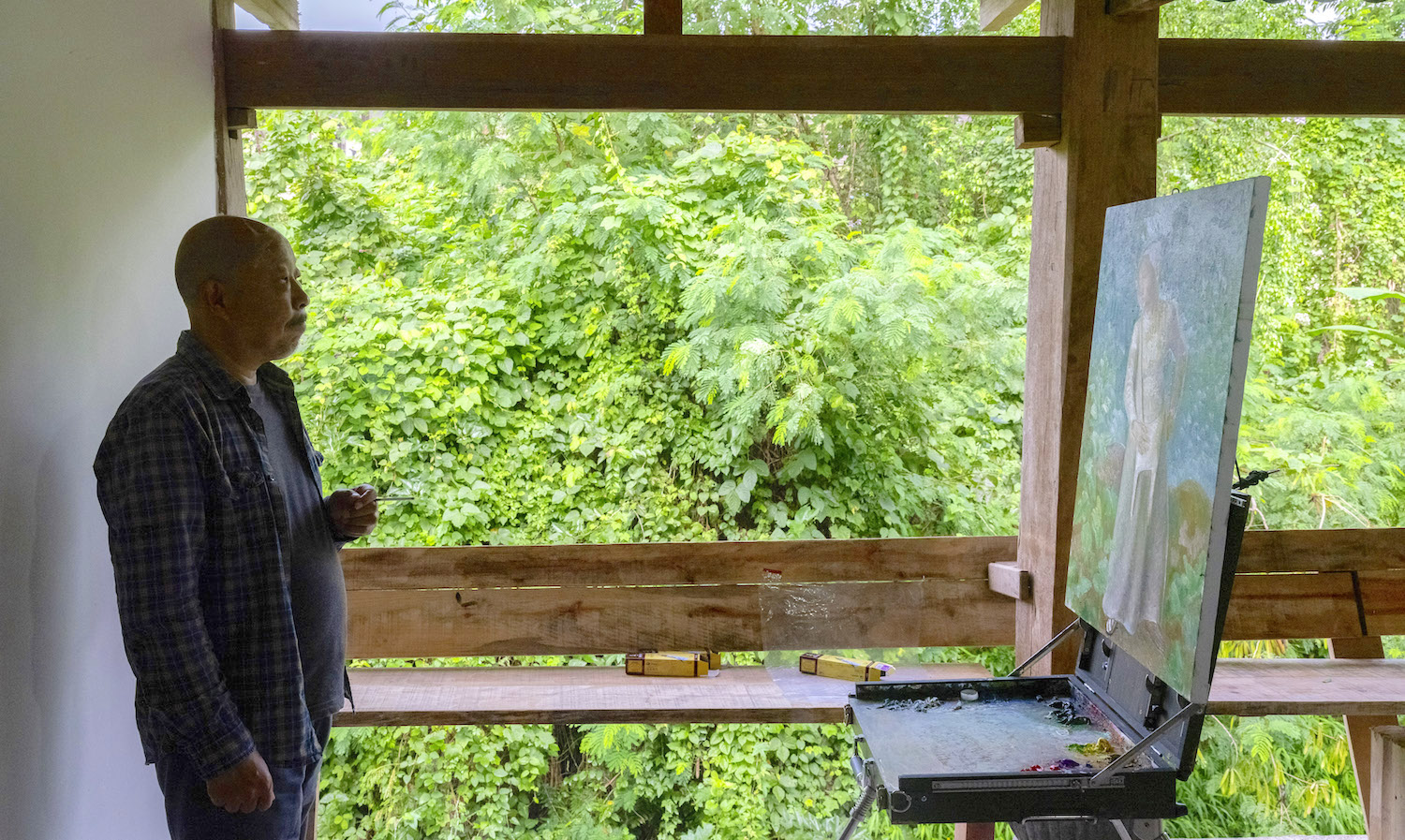


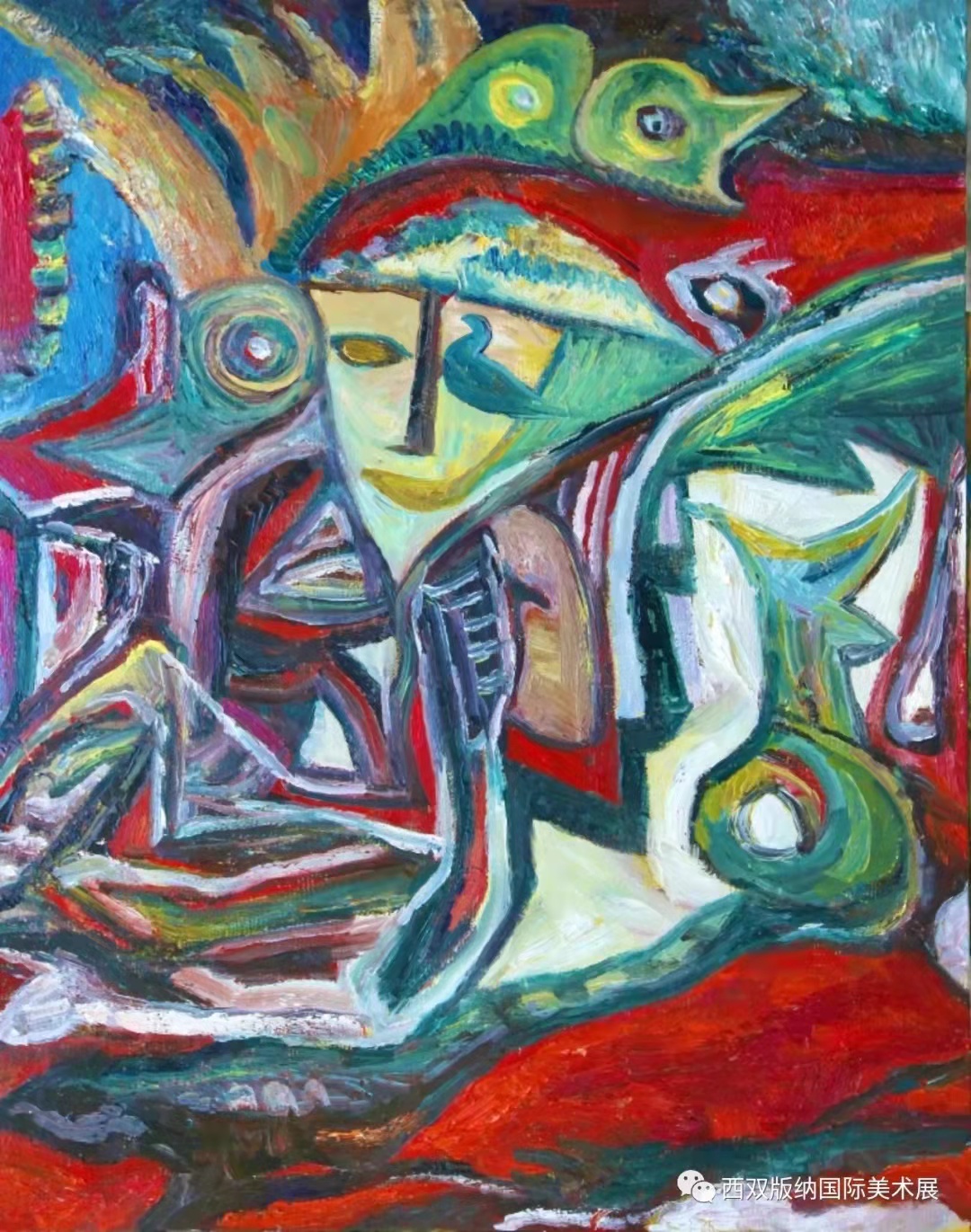






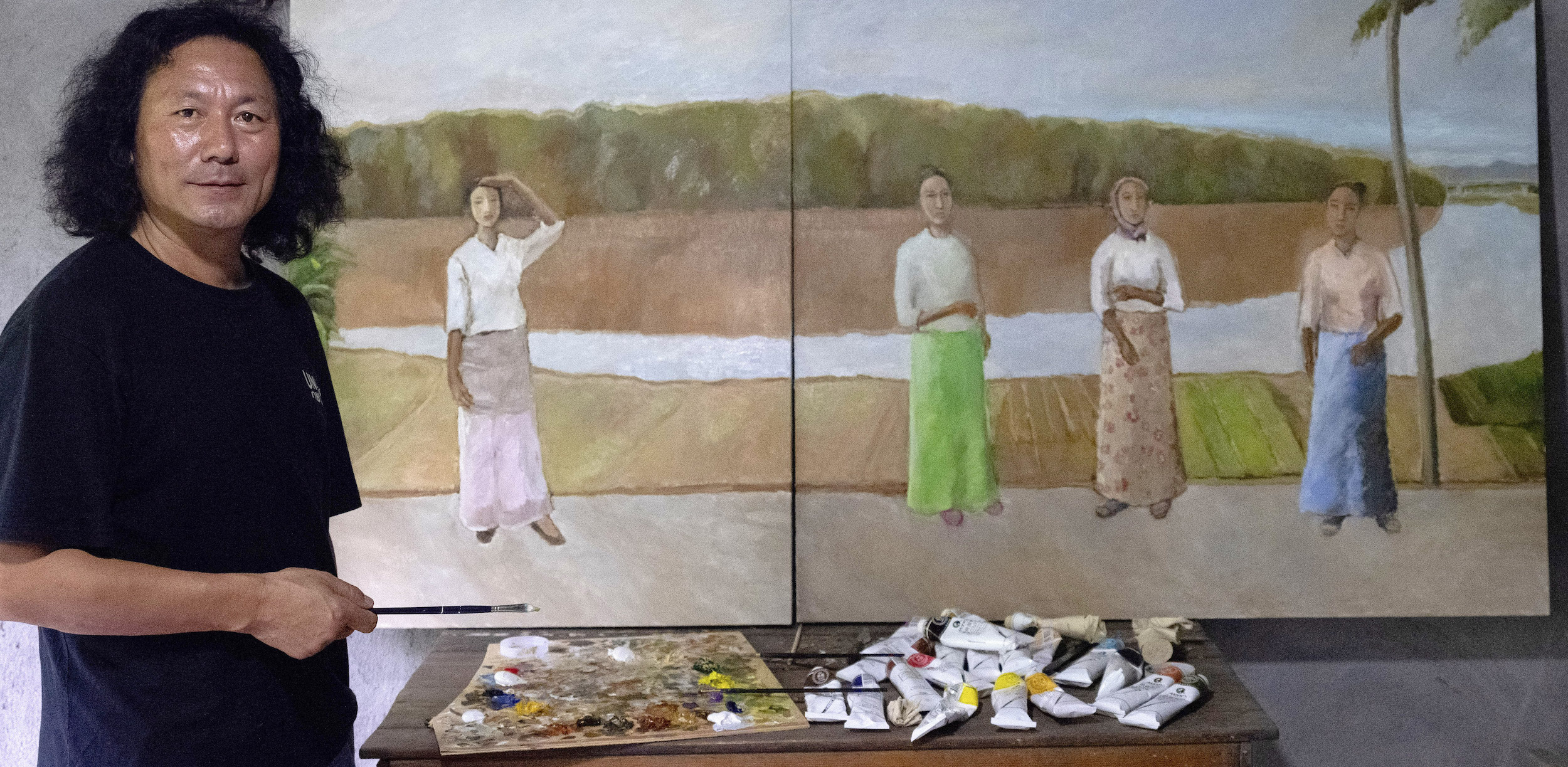

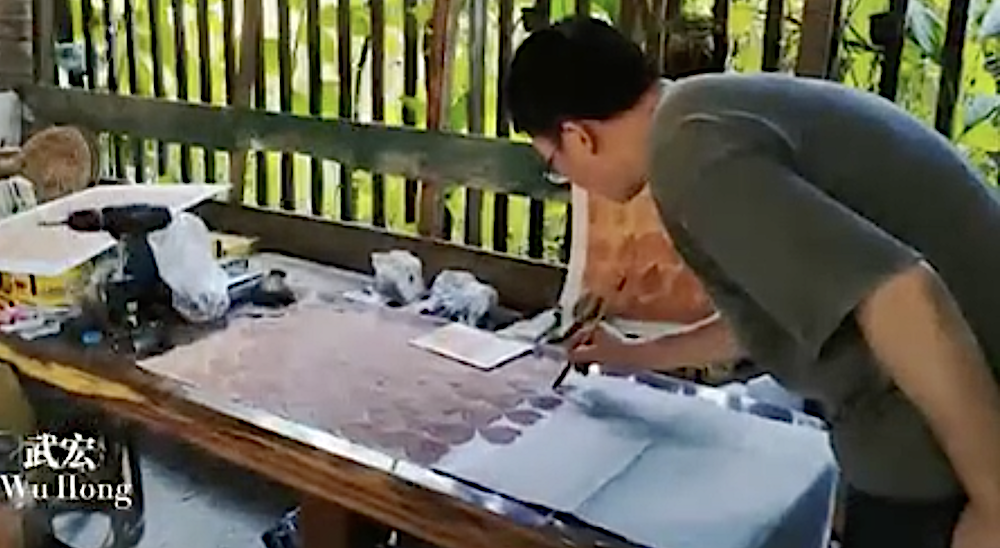




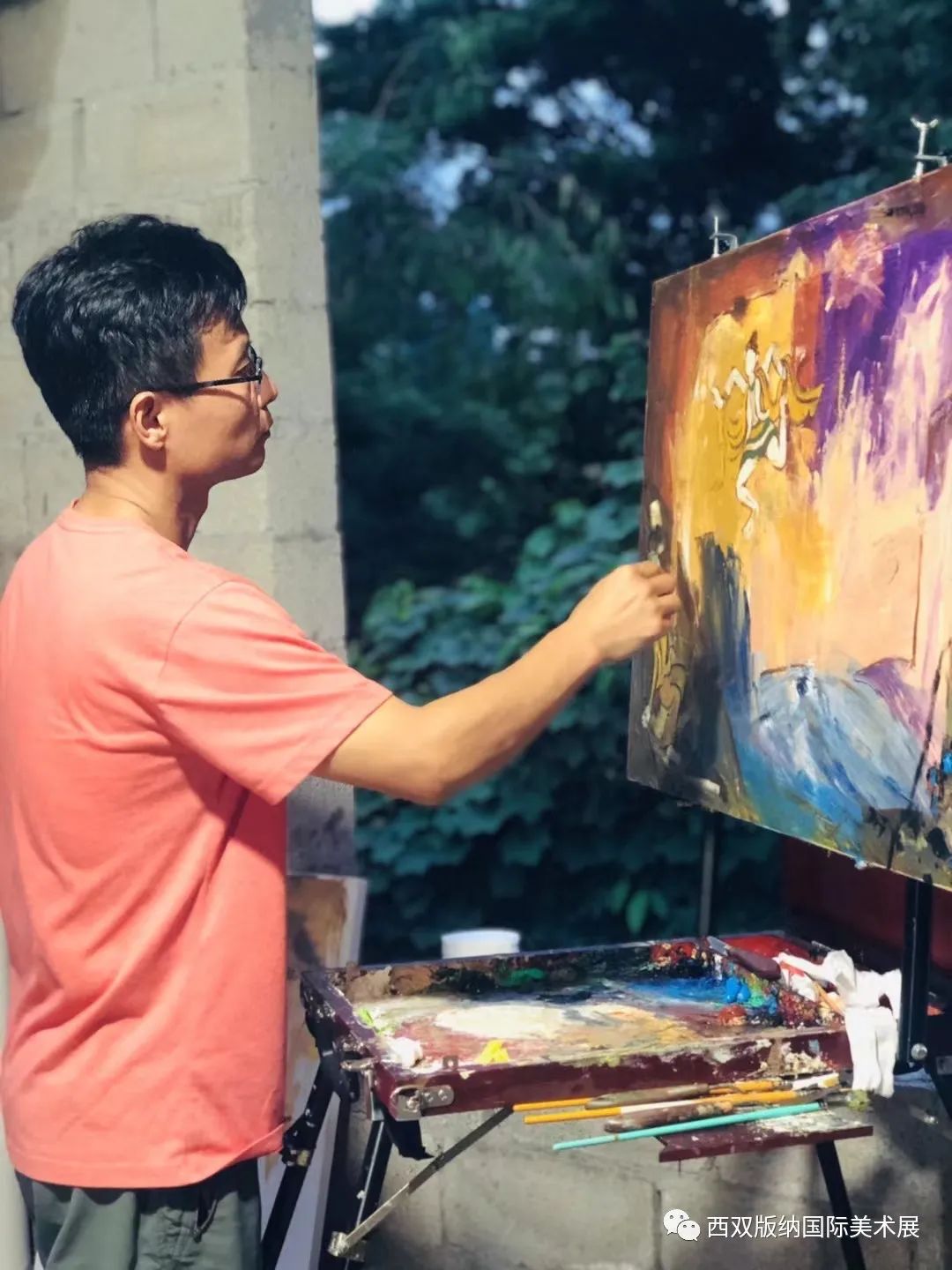





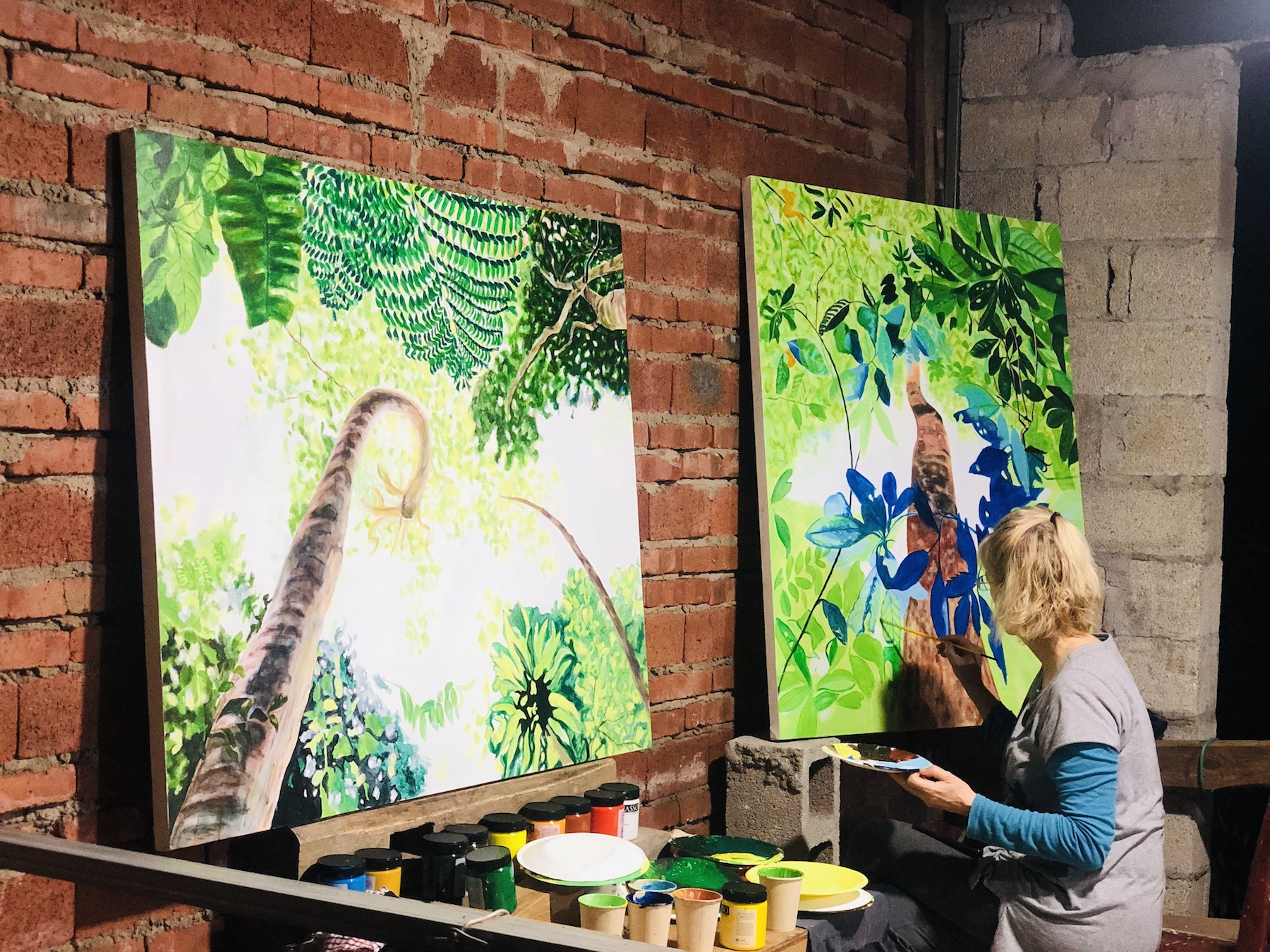

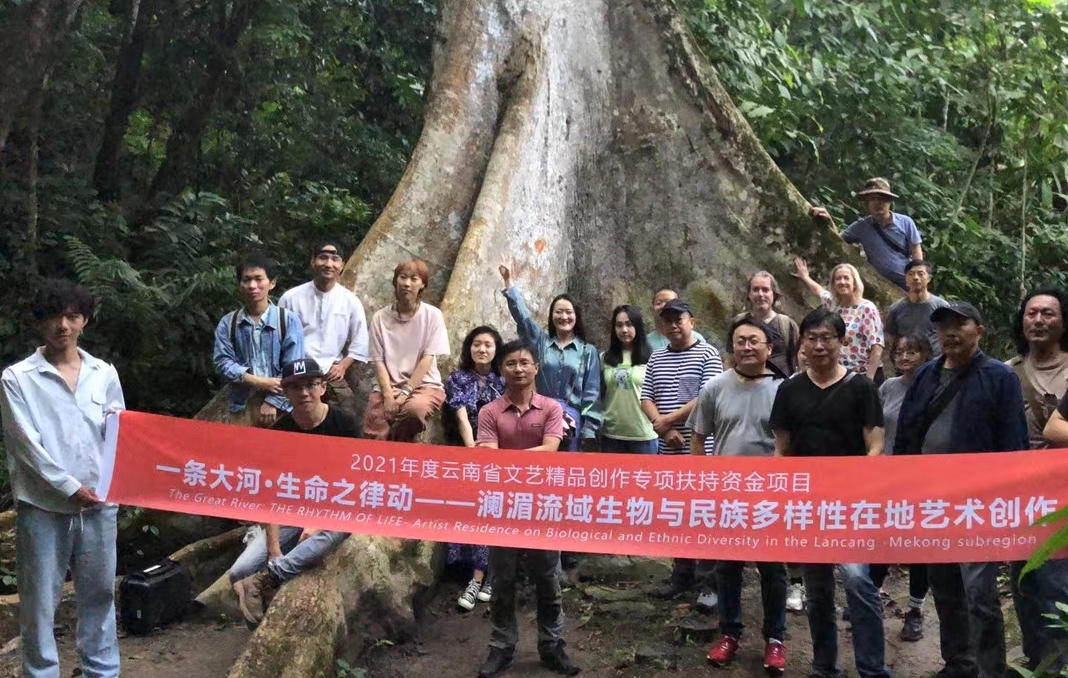

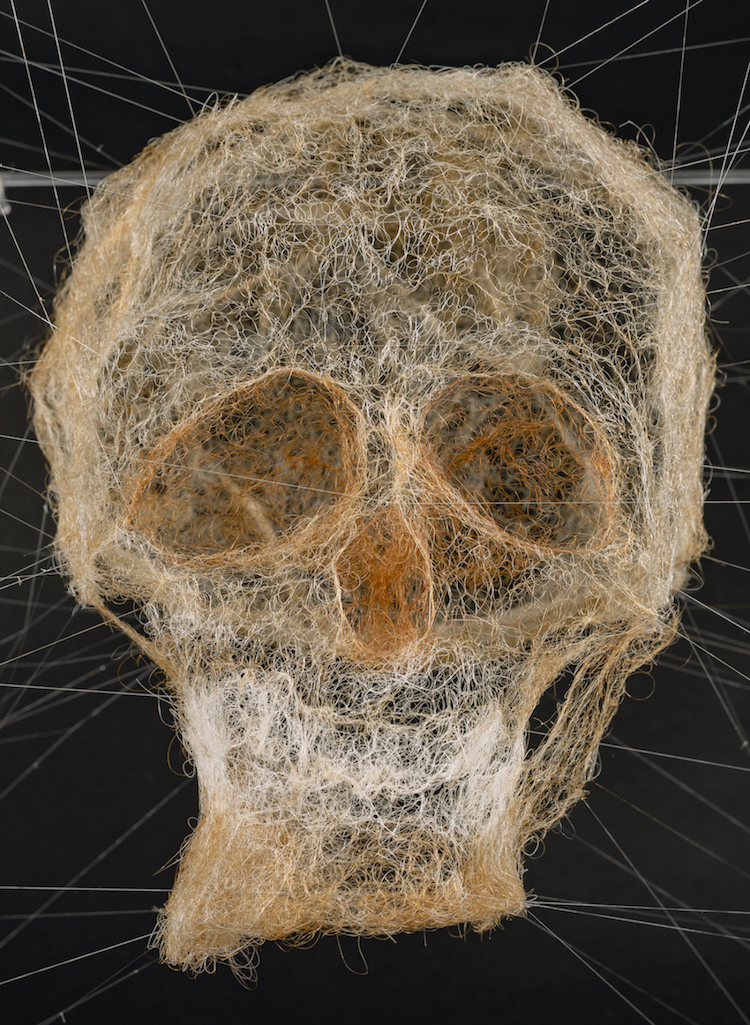
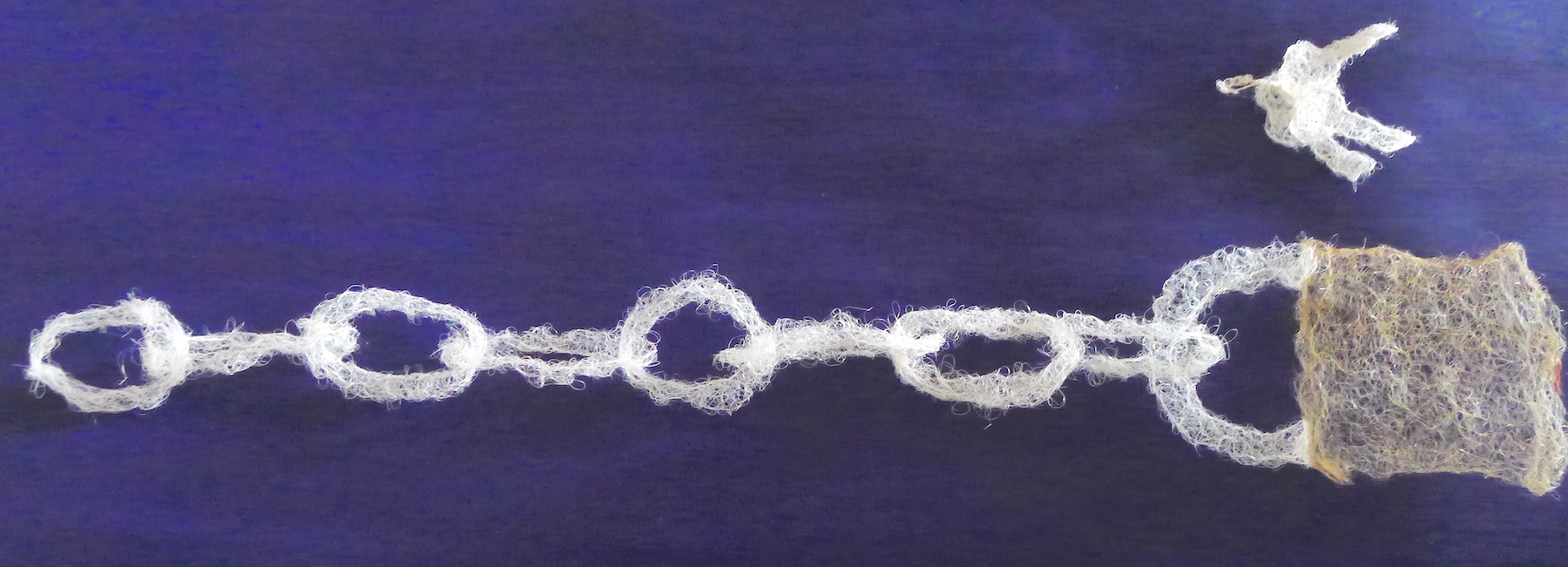

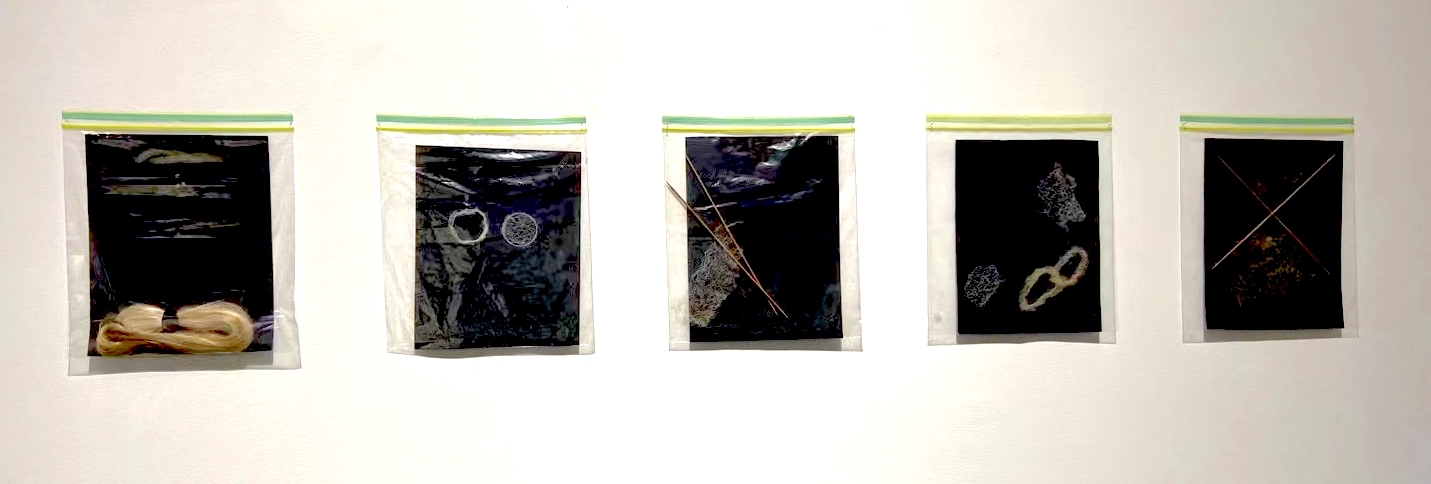
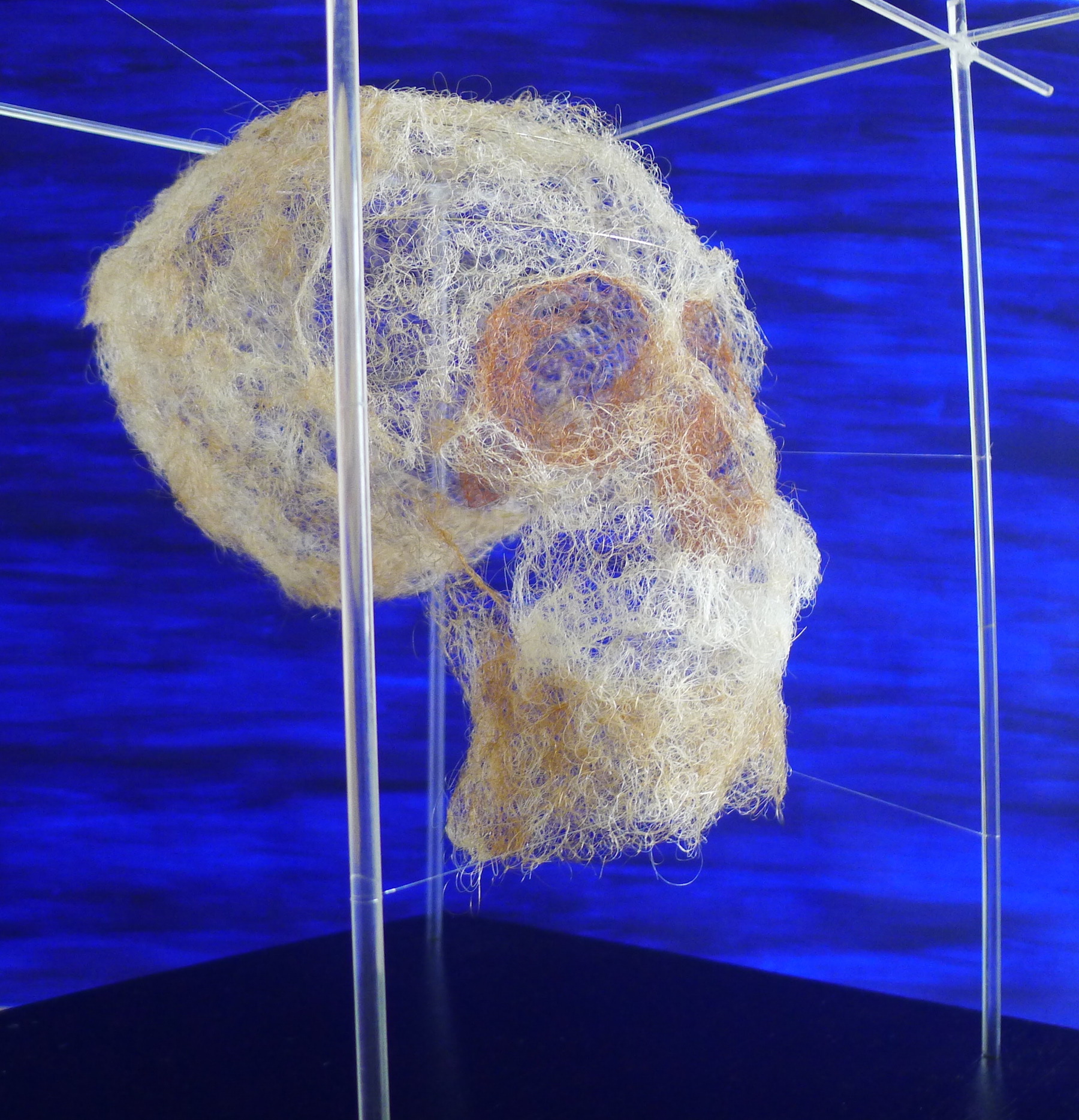

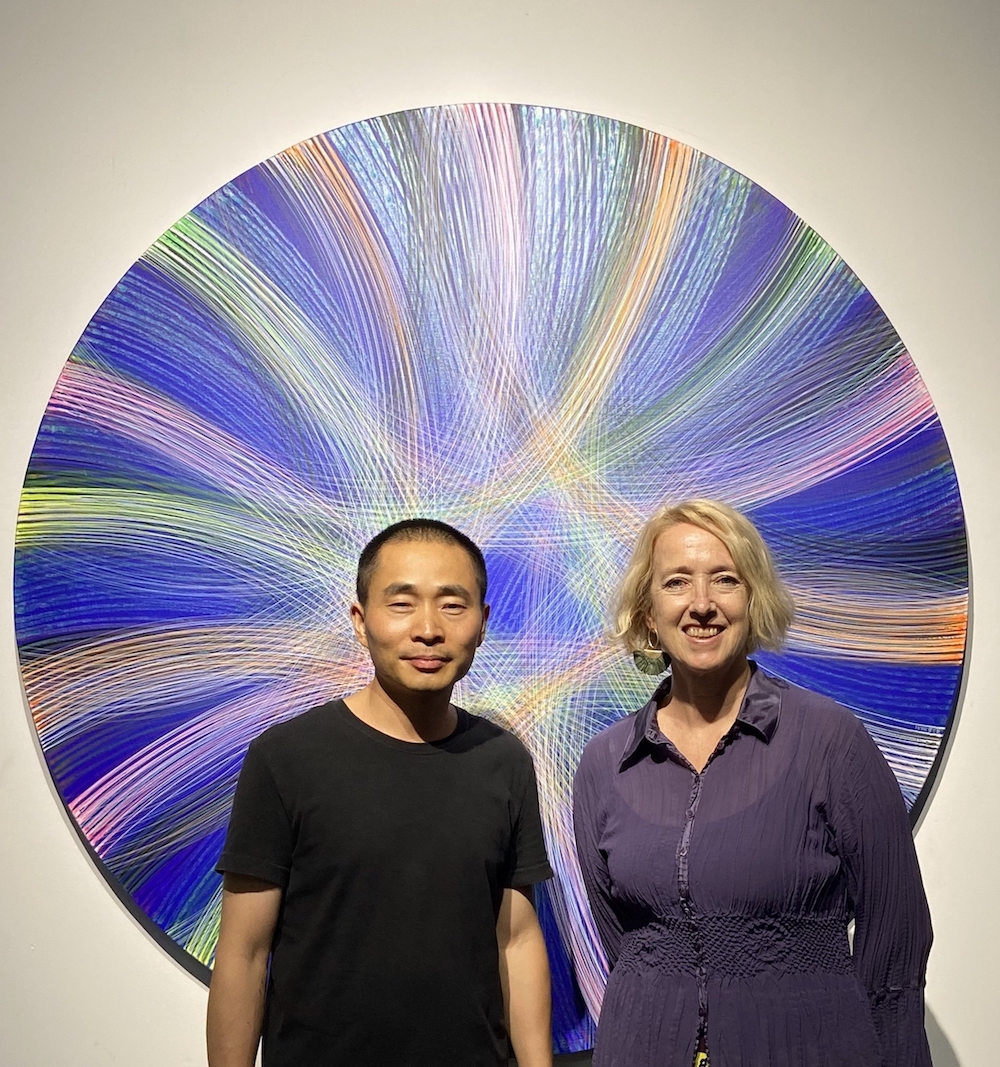
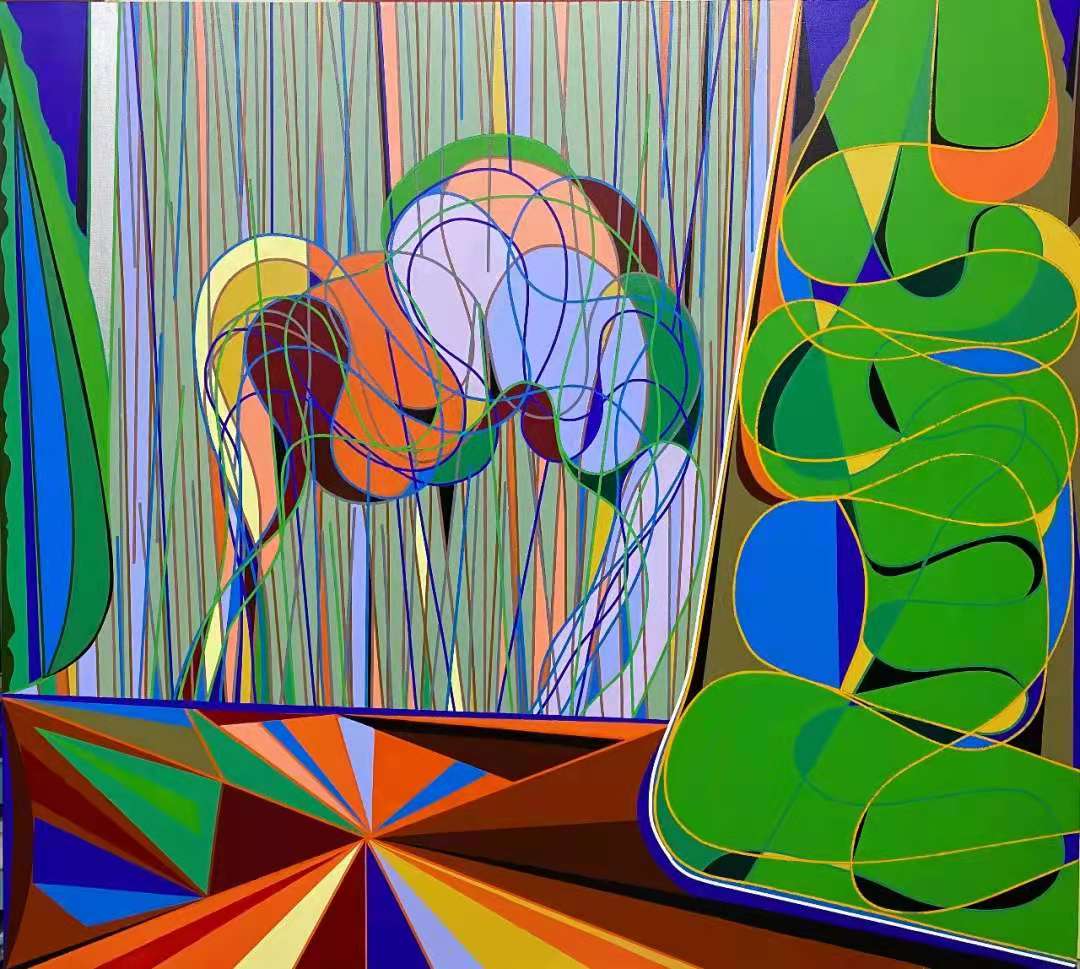
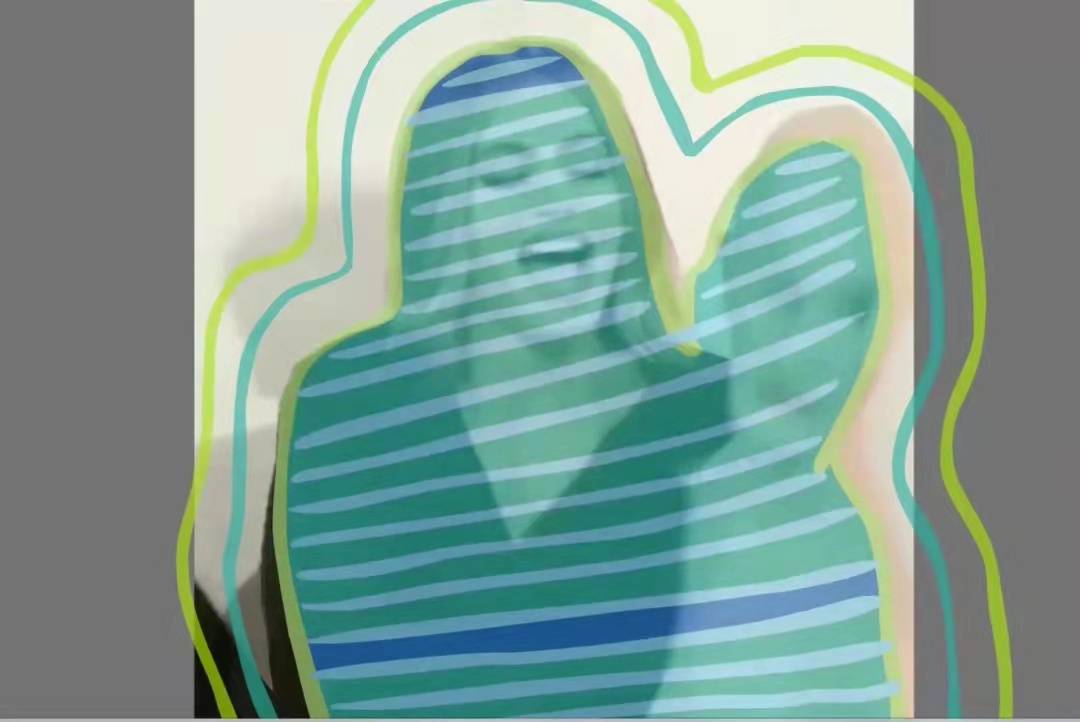







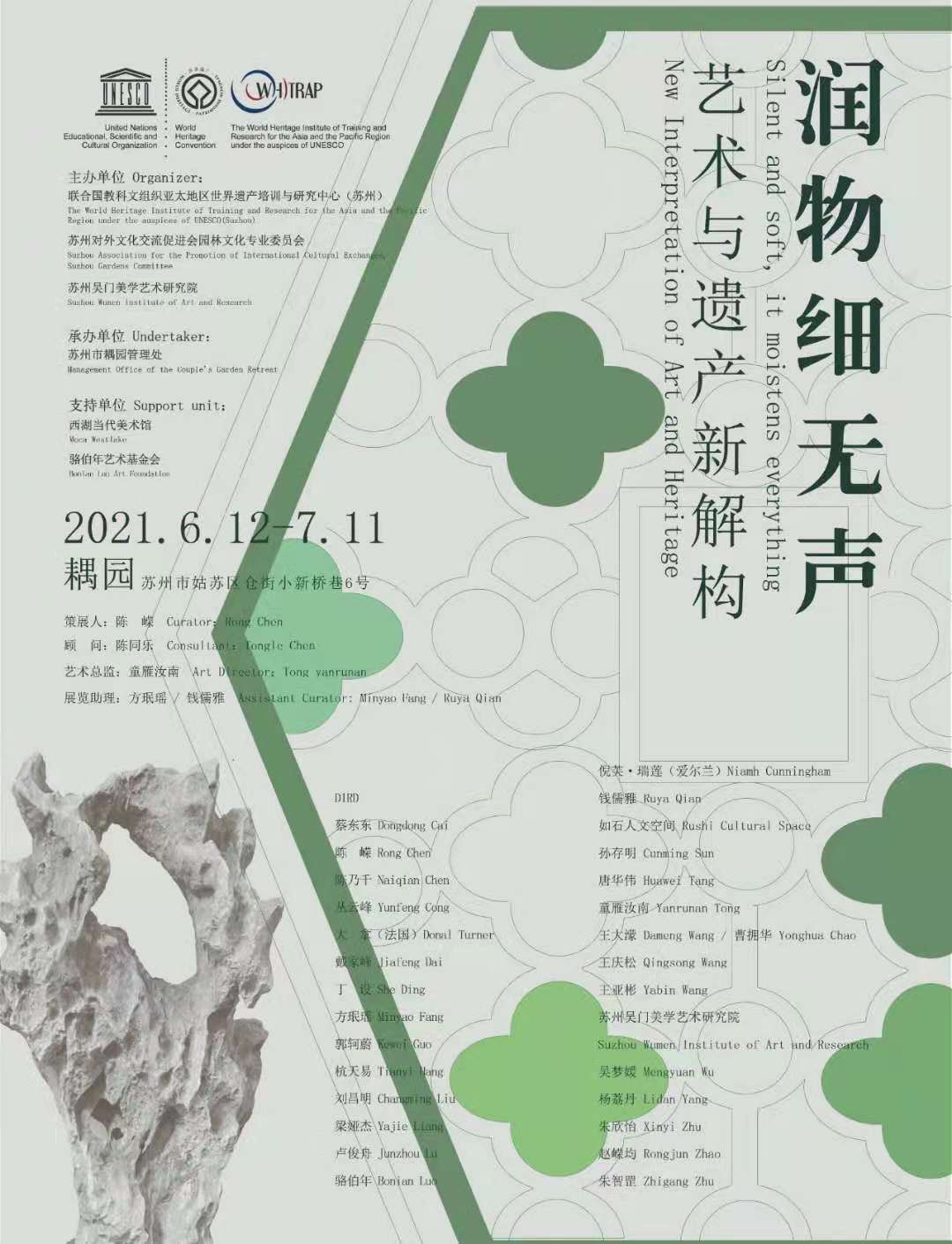

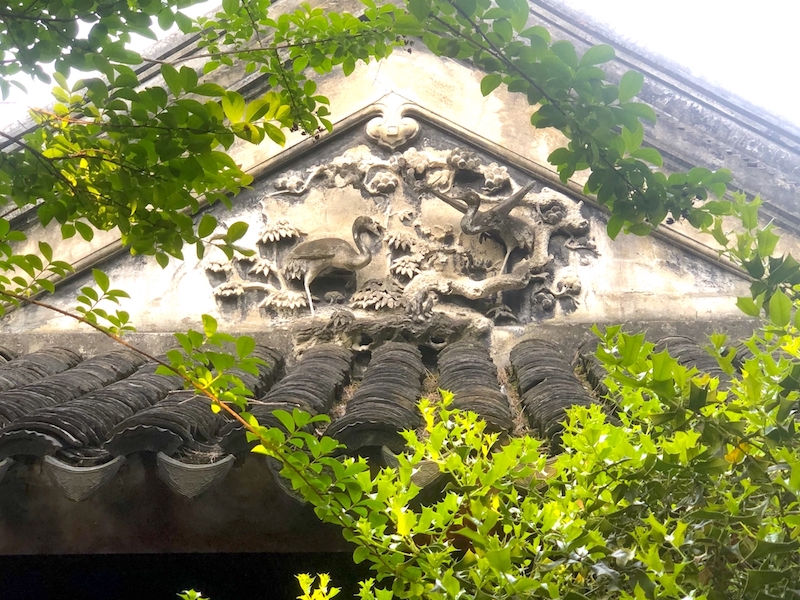

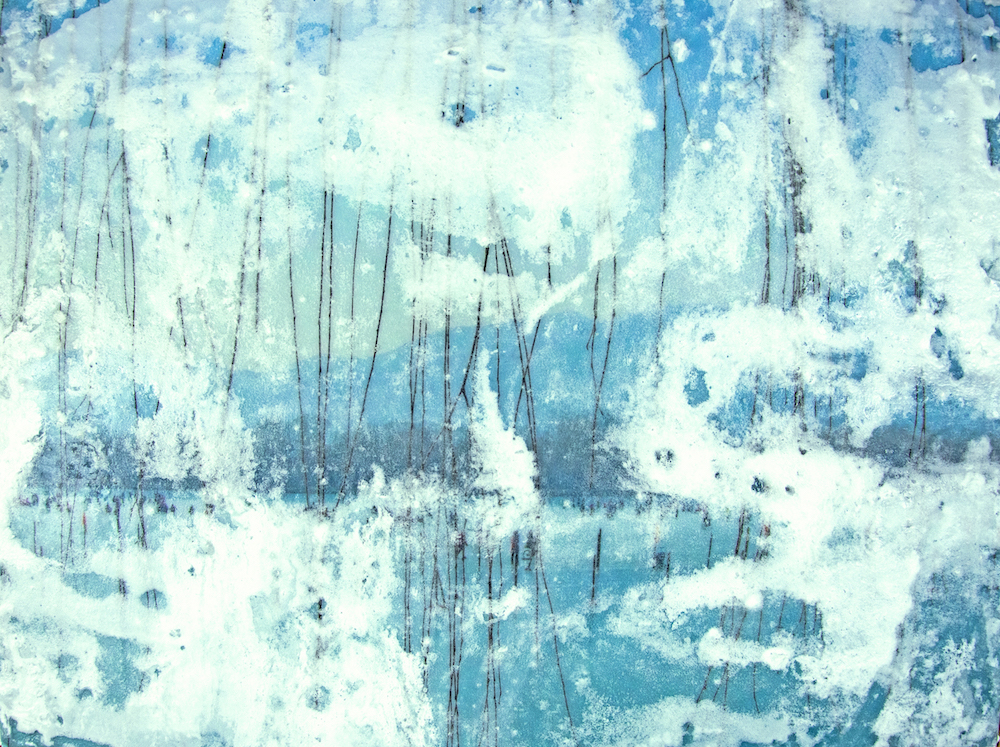

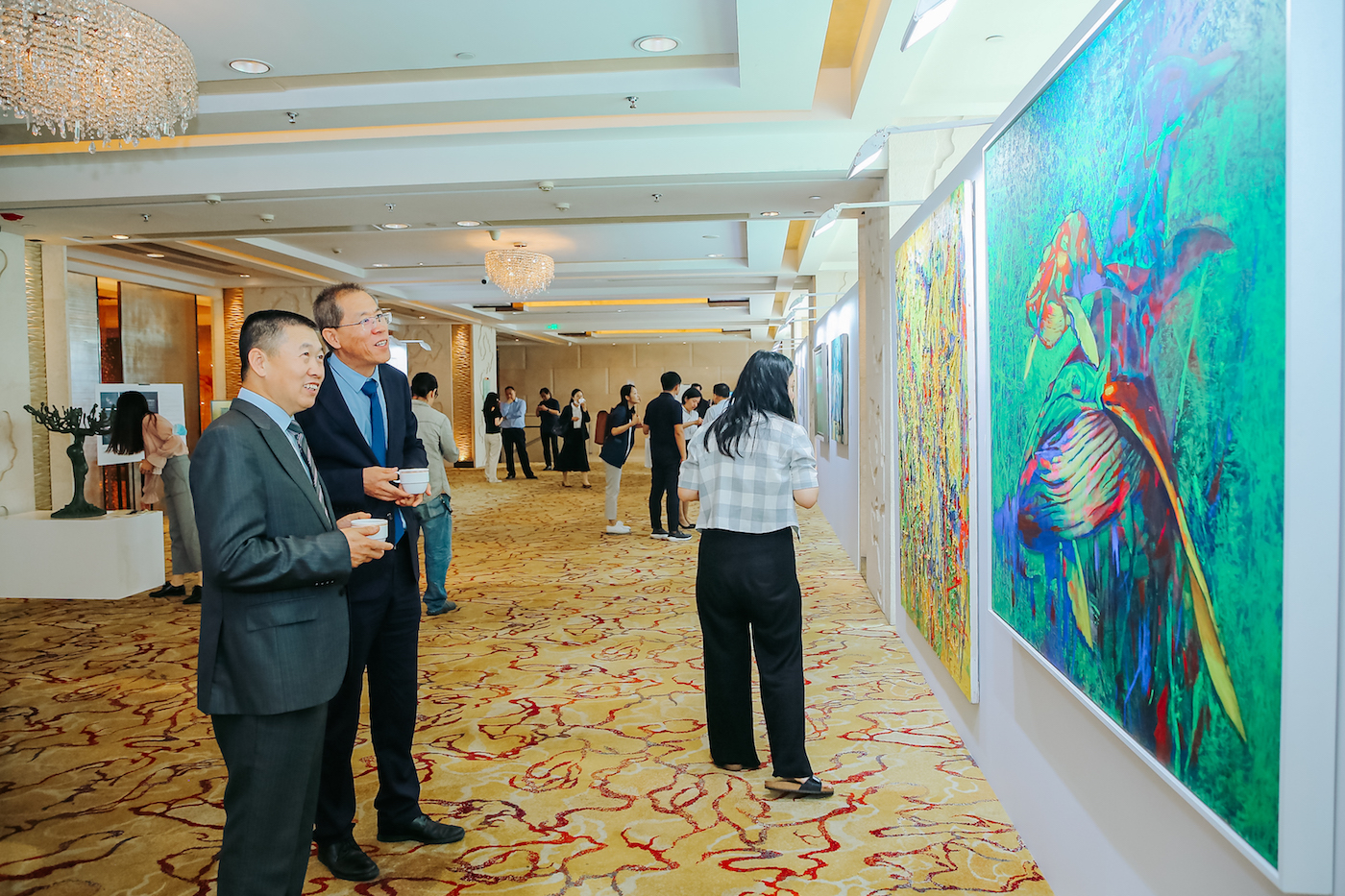
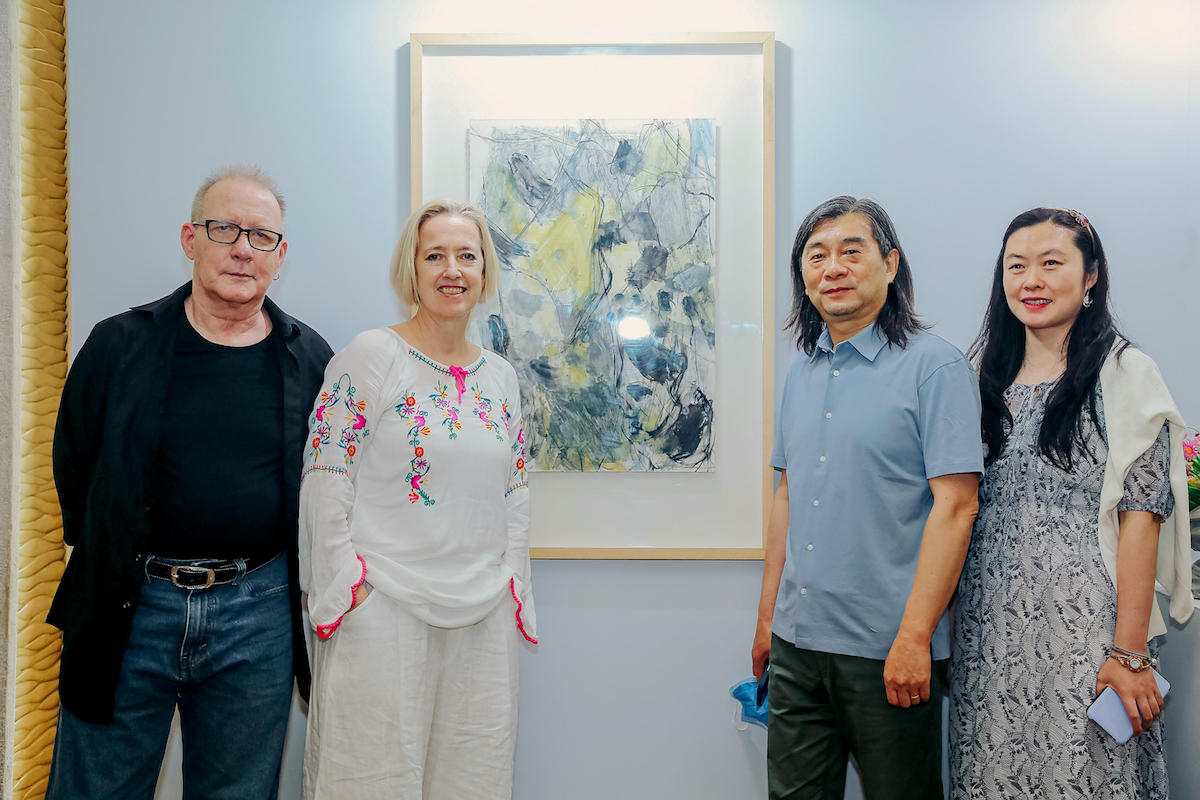
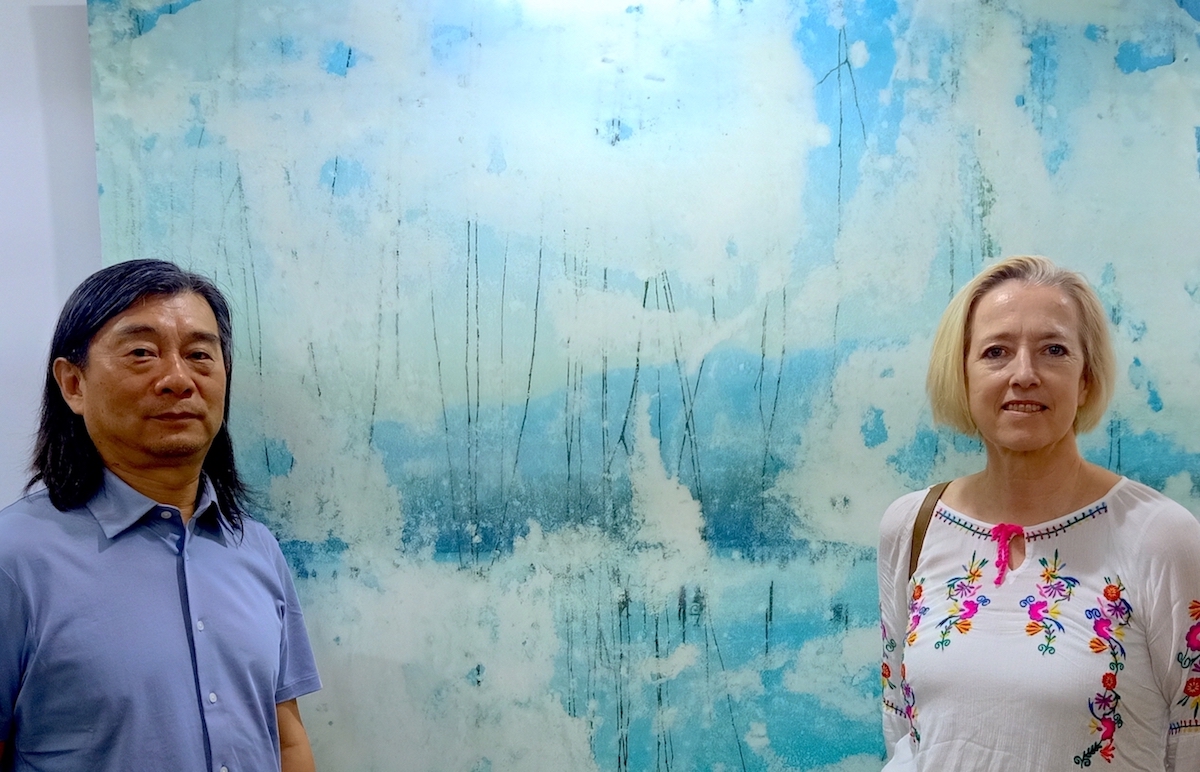
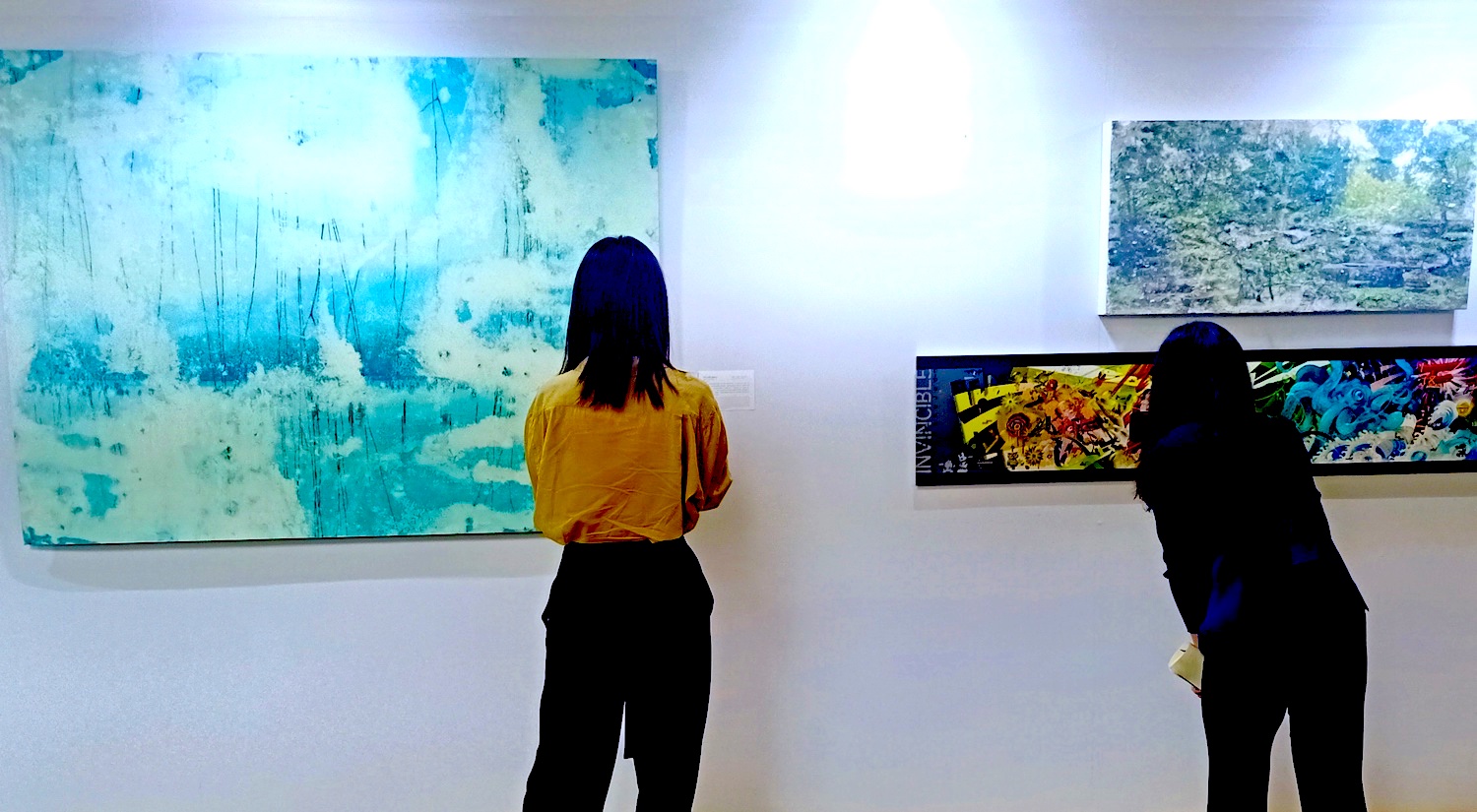




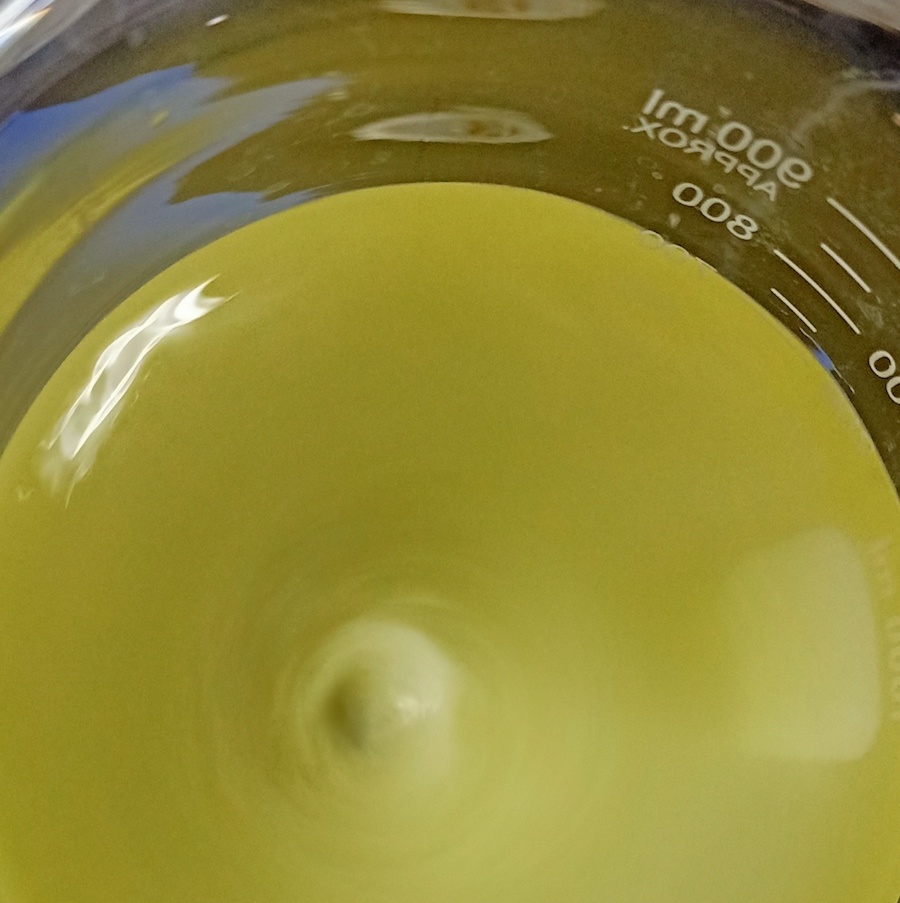
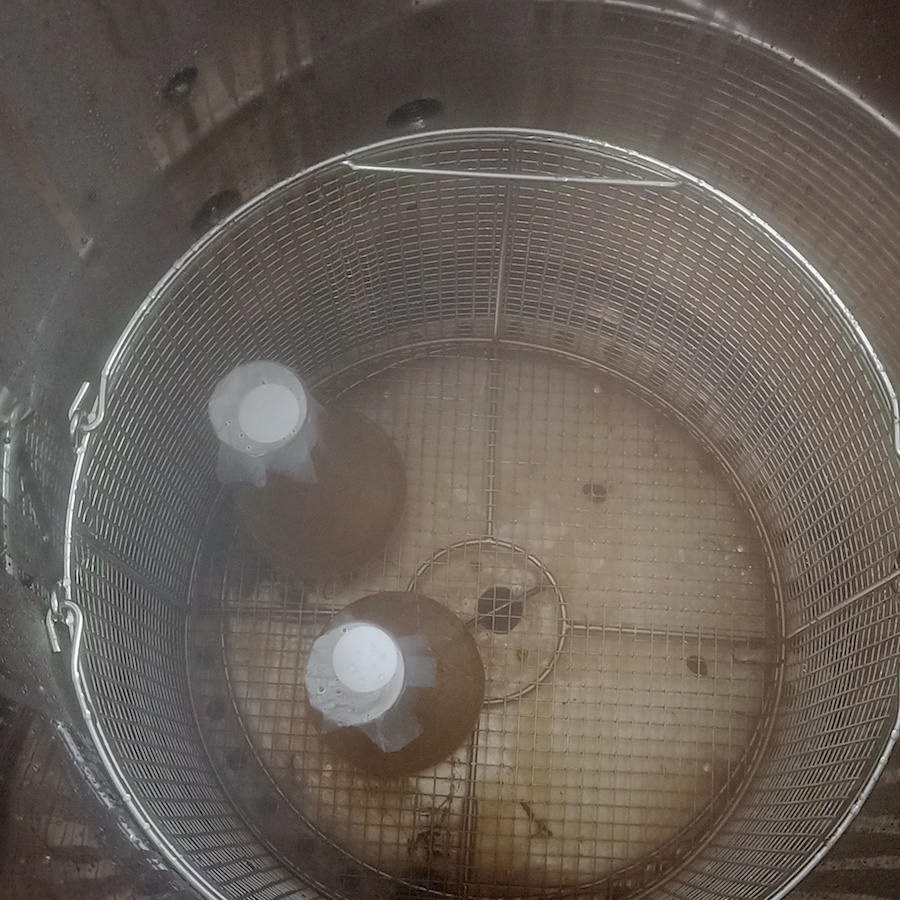



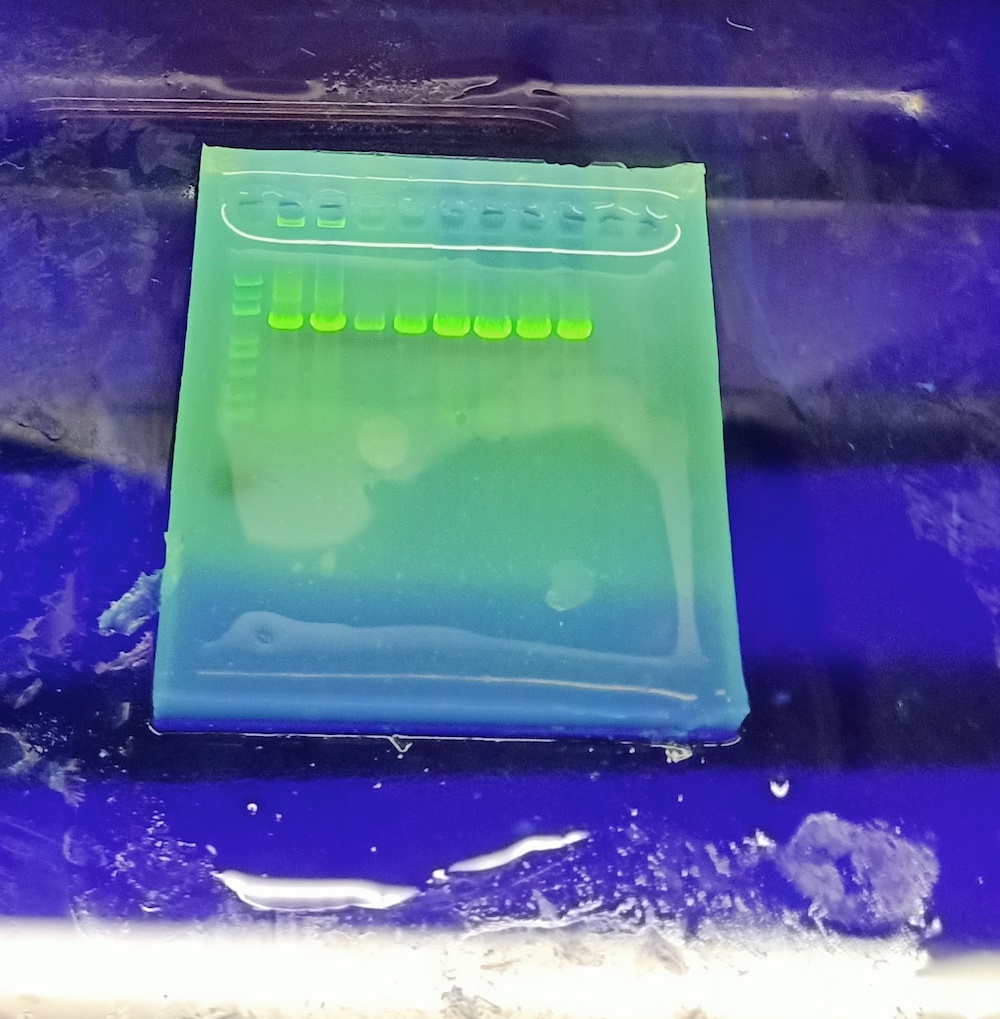
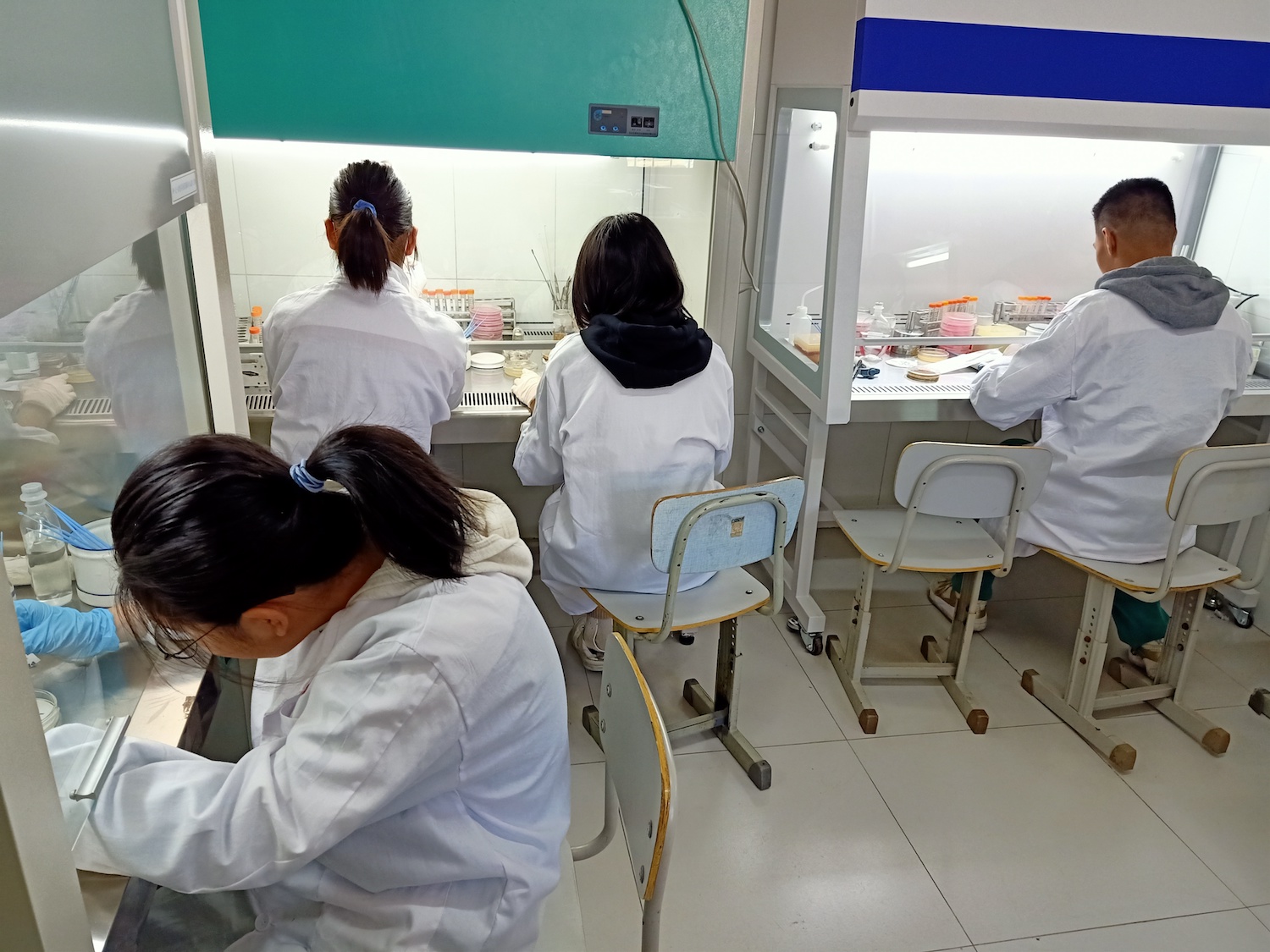

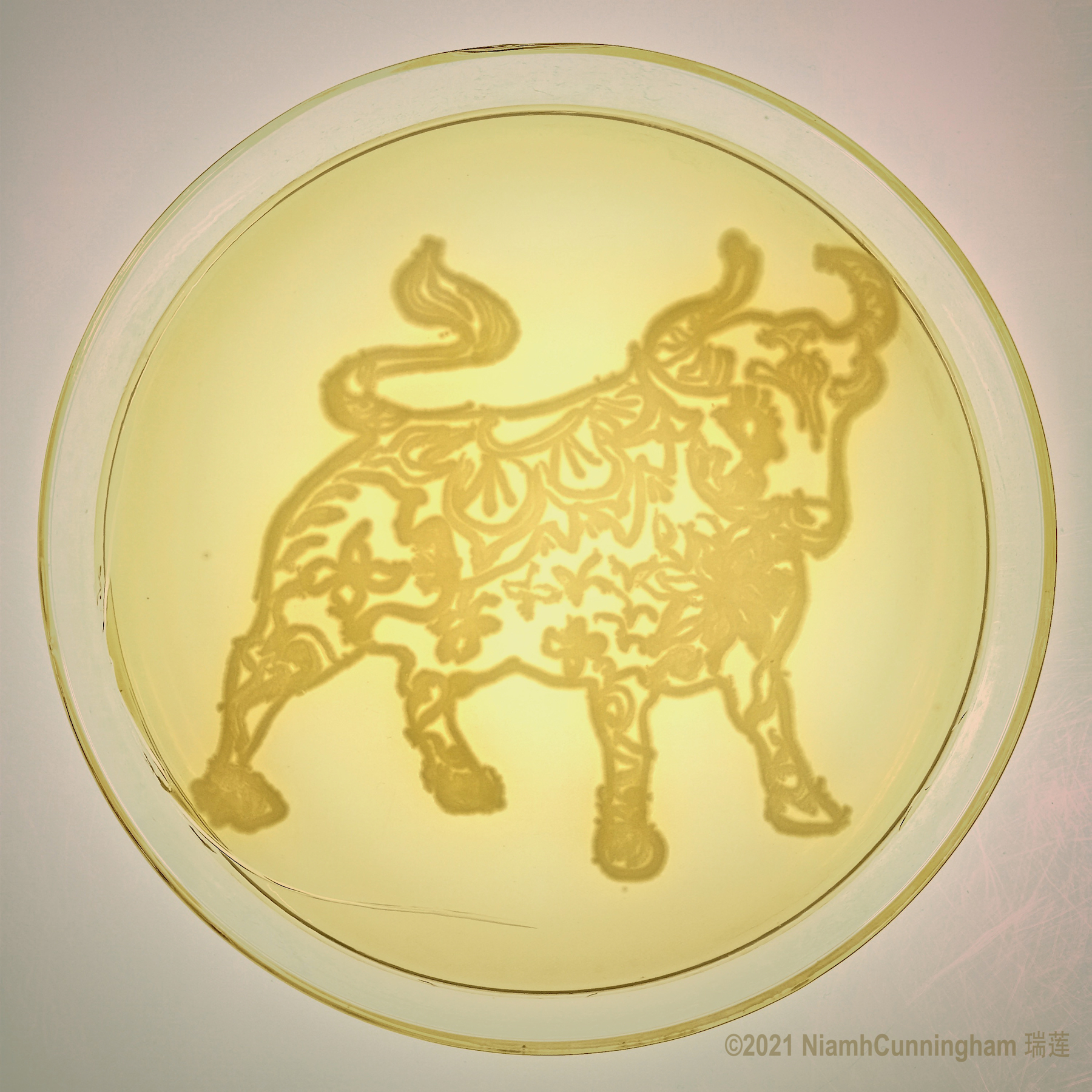
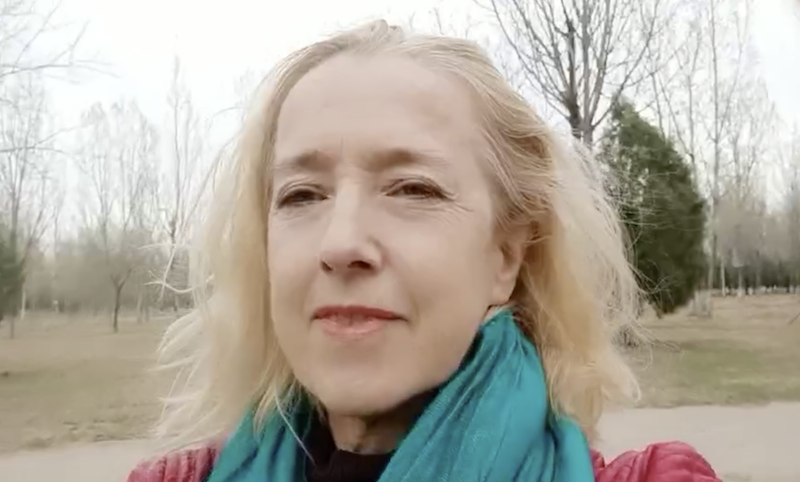

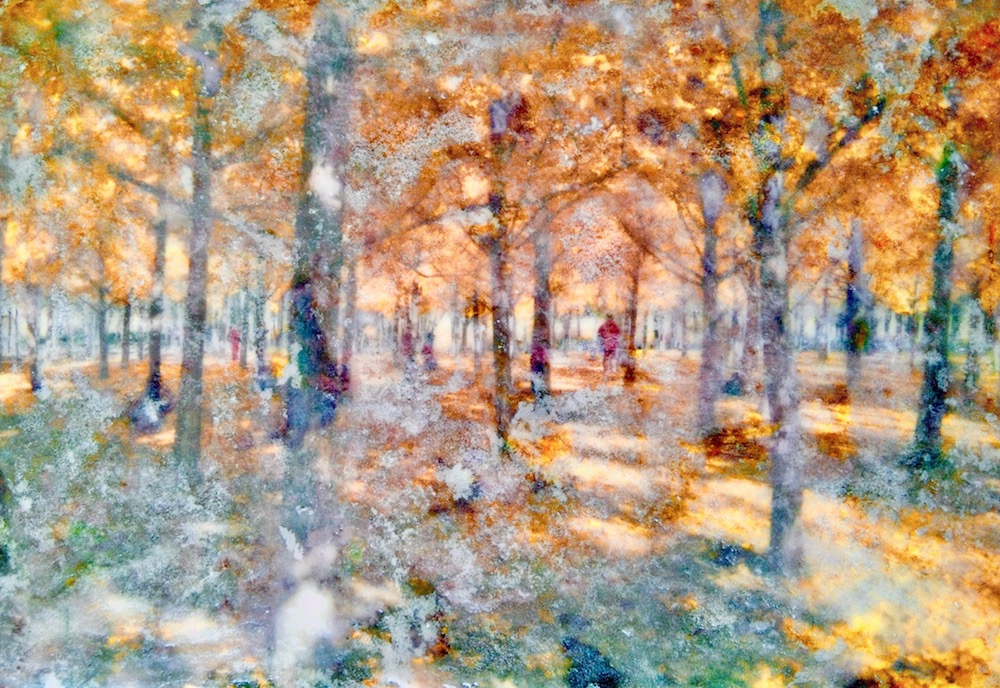



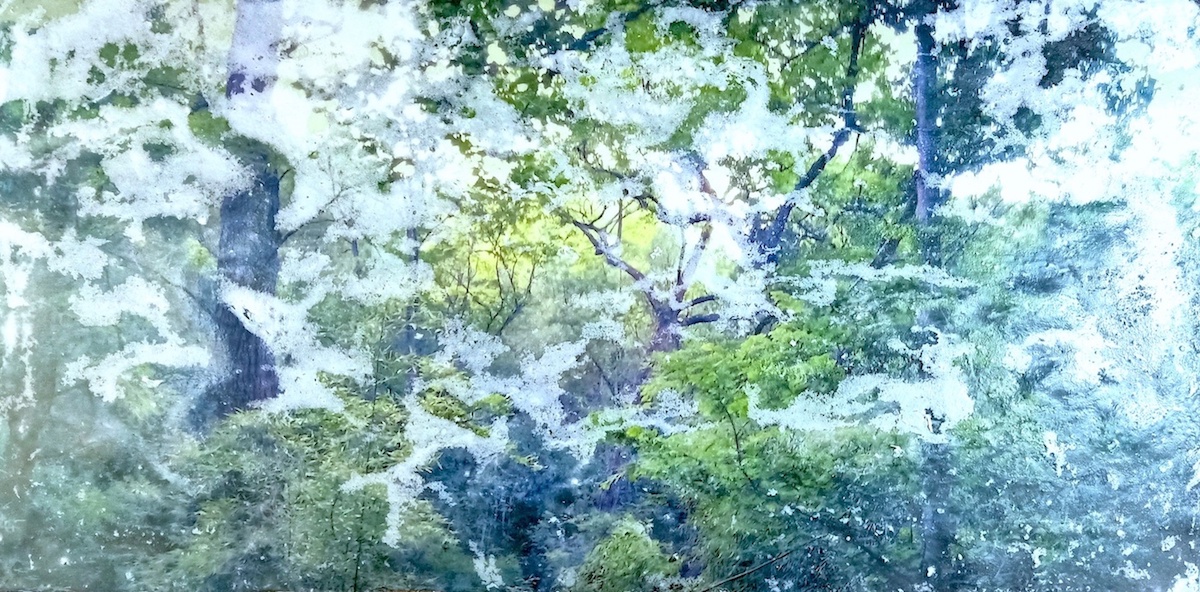

-Niamh-Cunningham-瑞莲-2020-copy.jpg)

